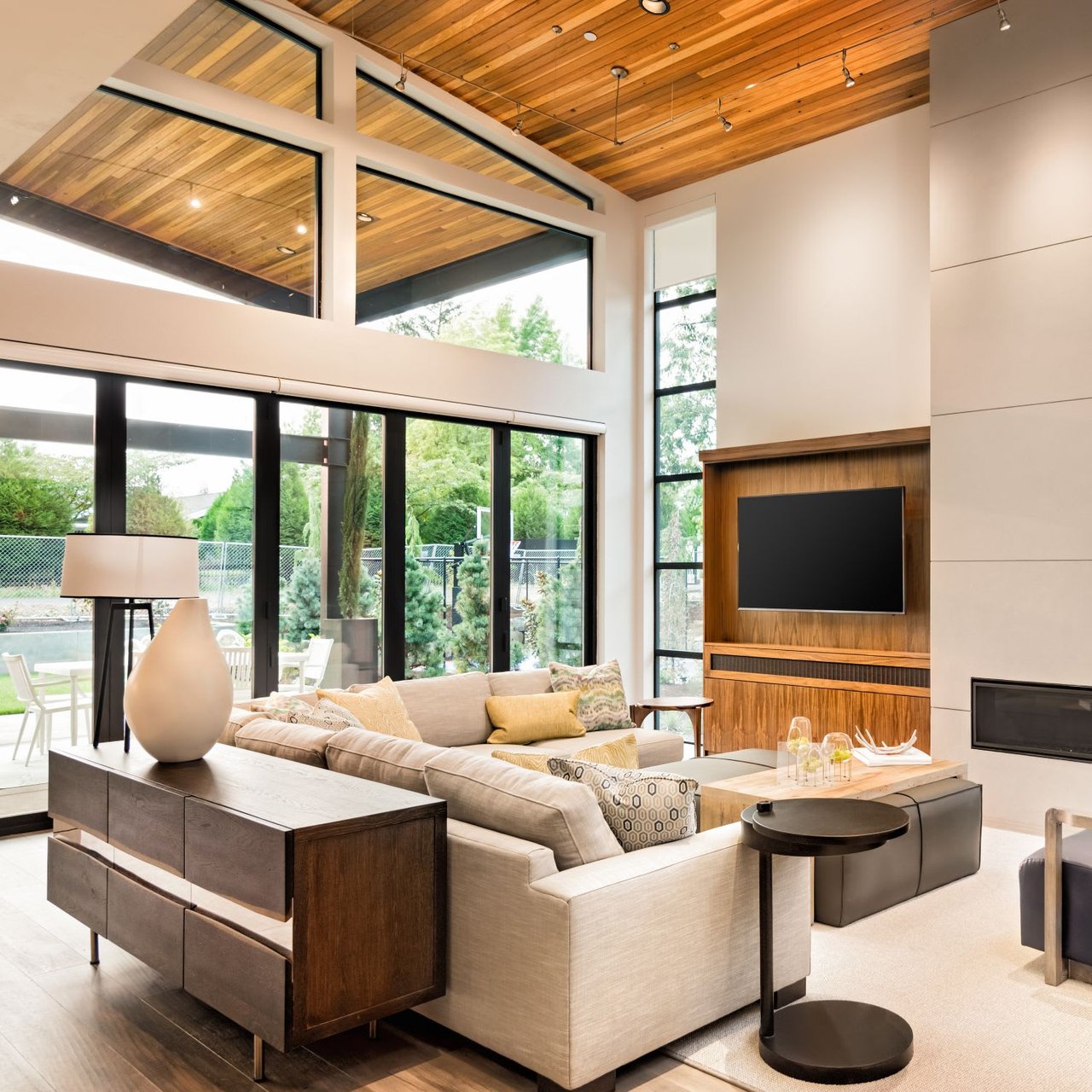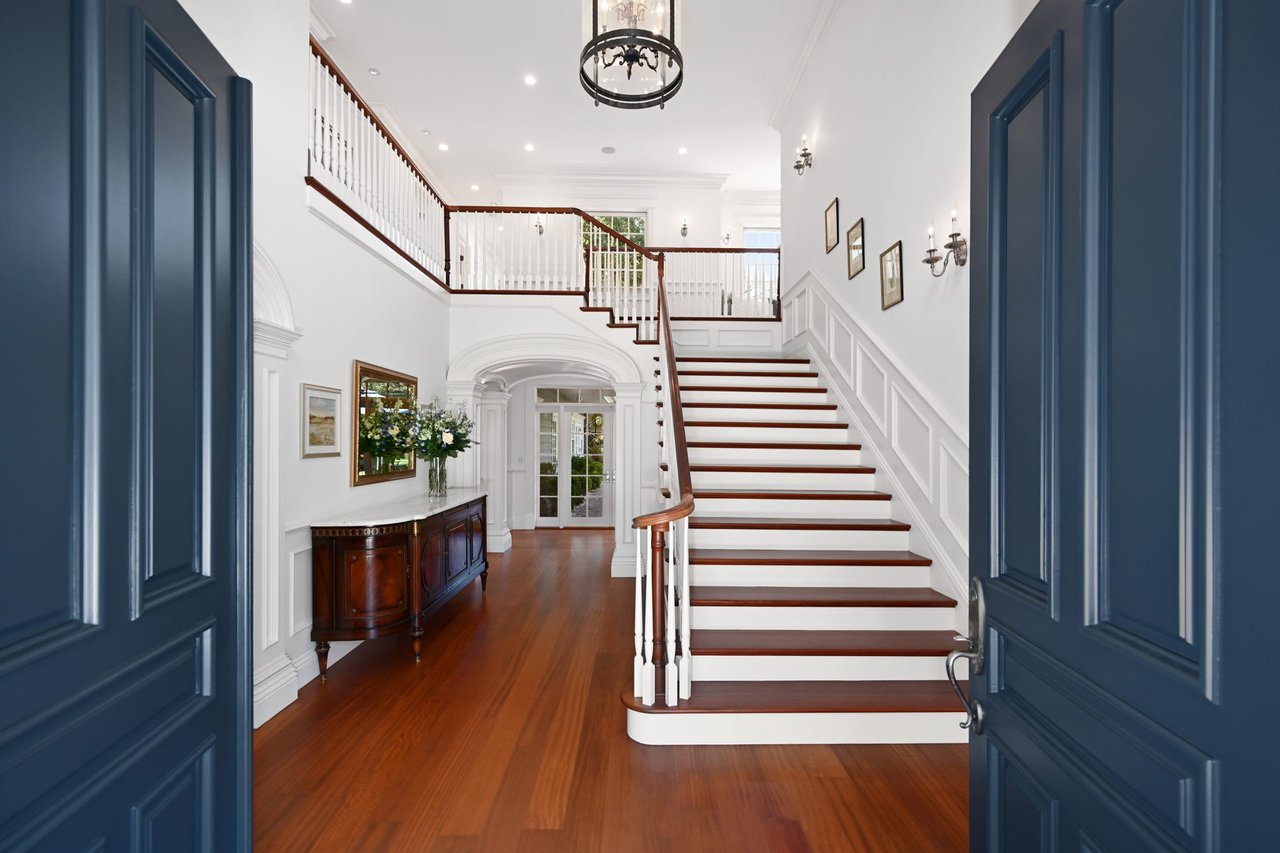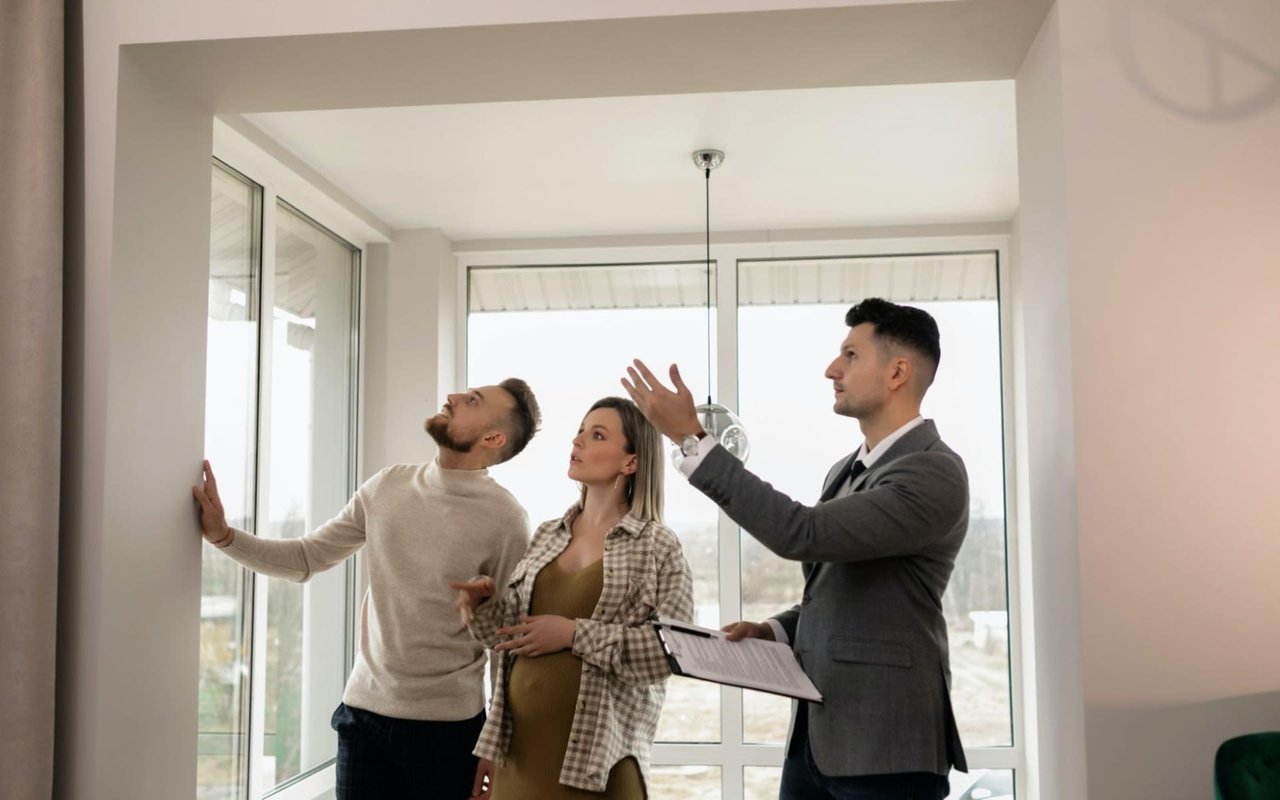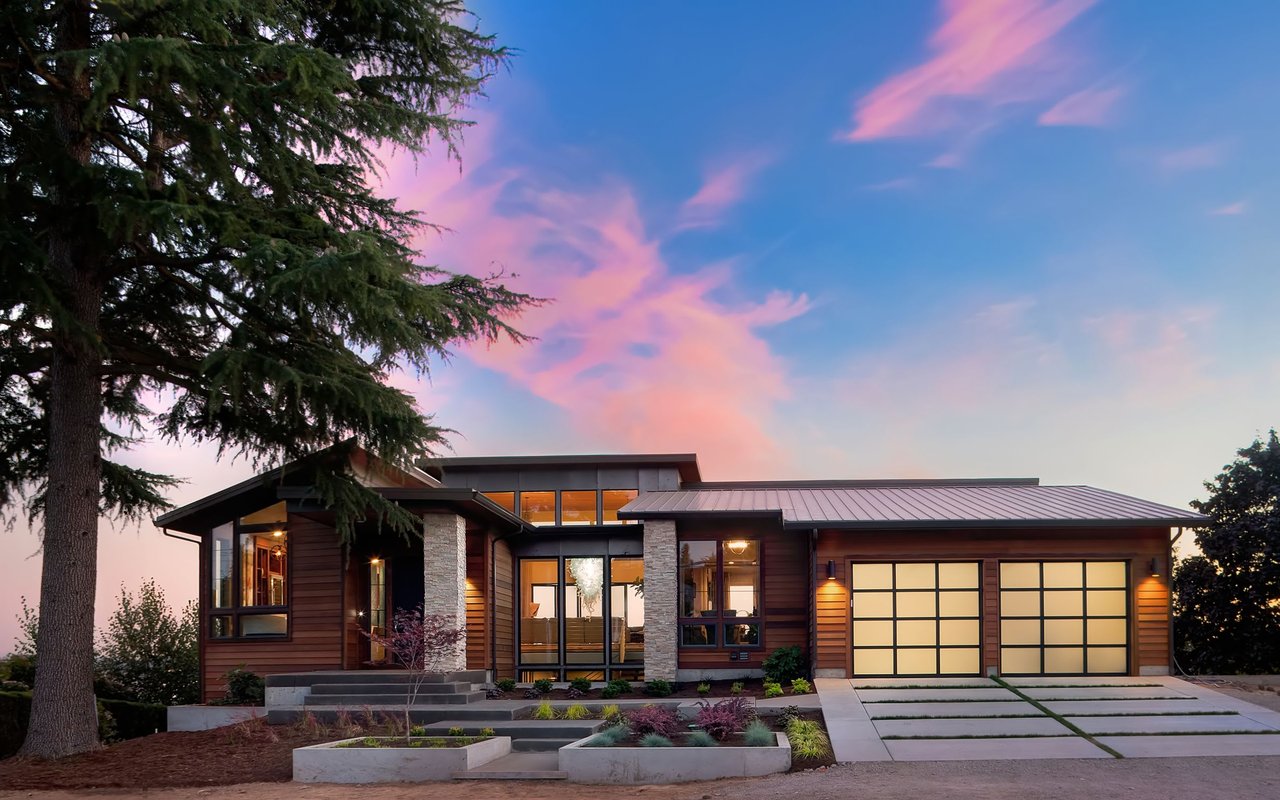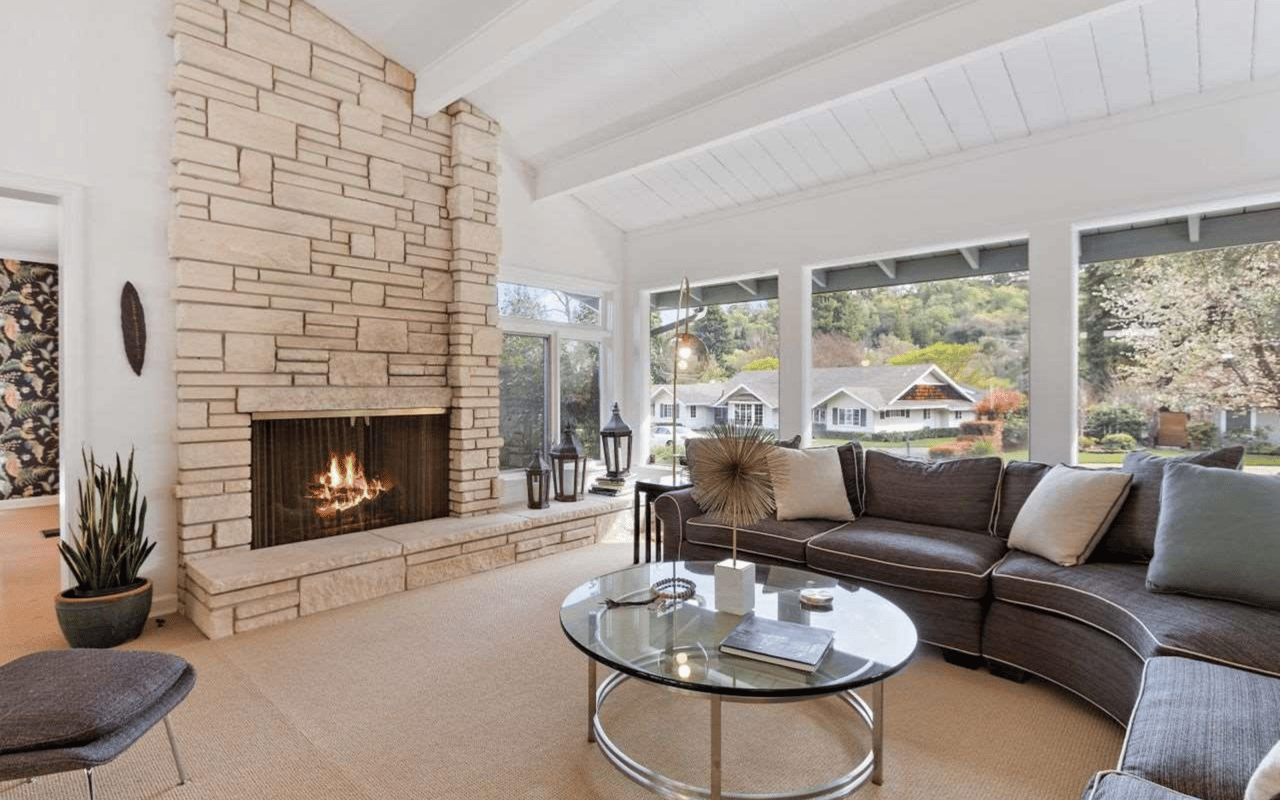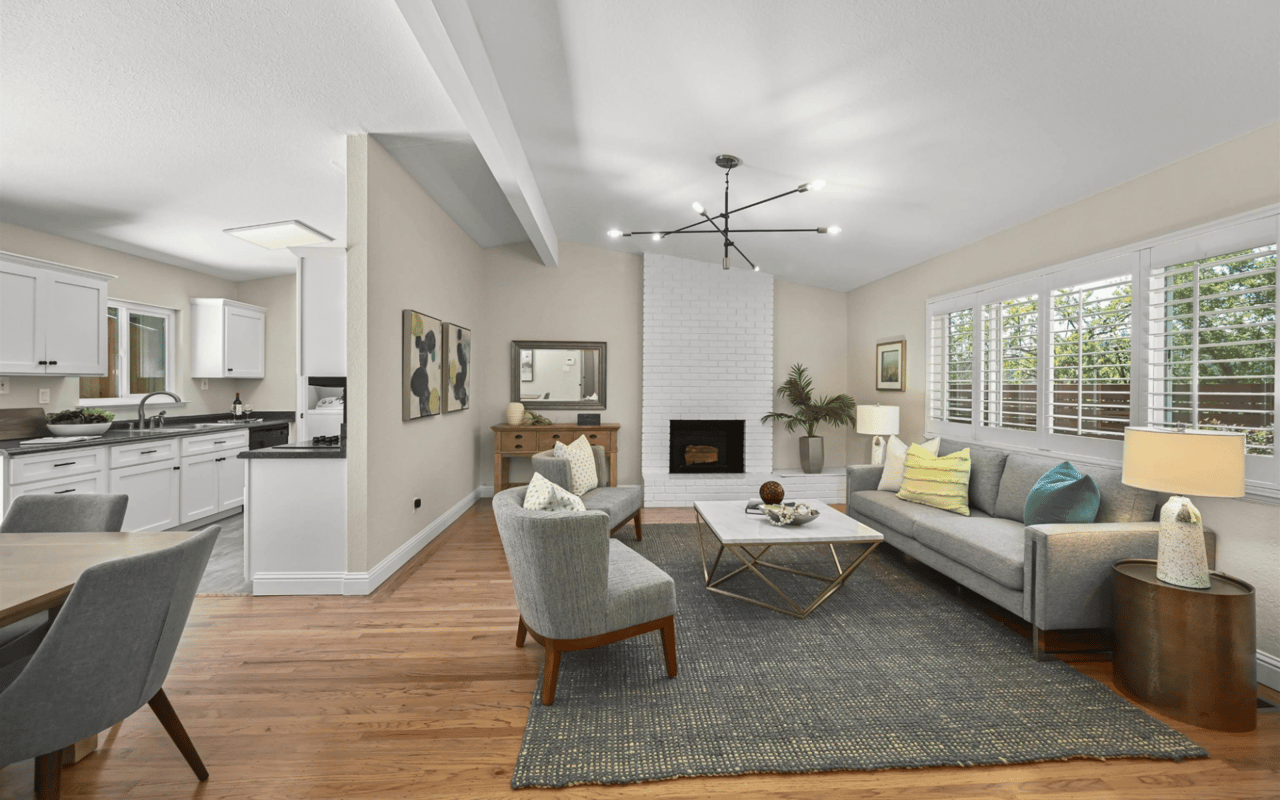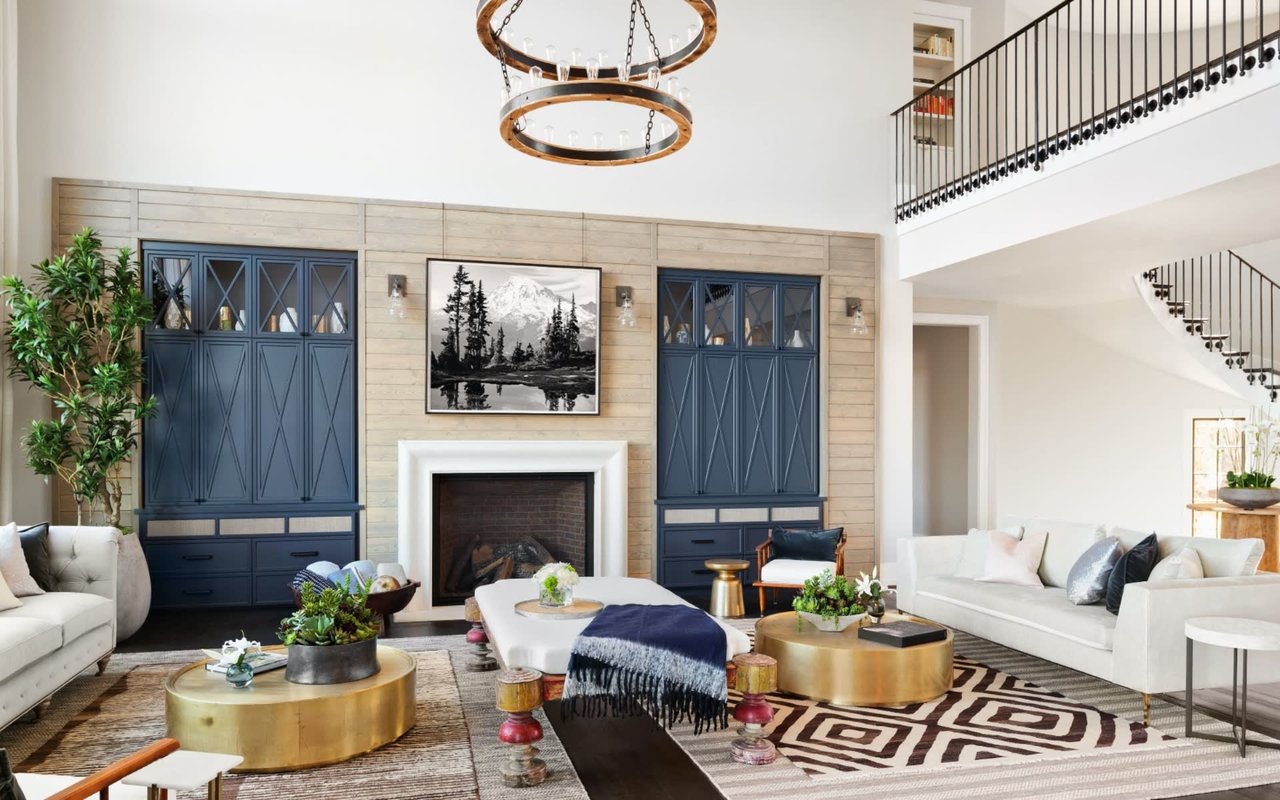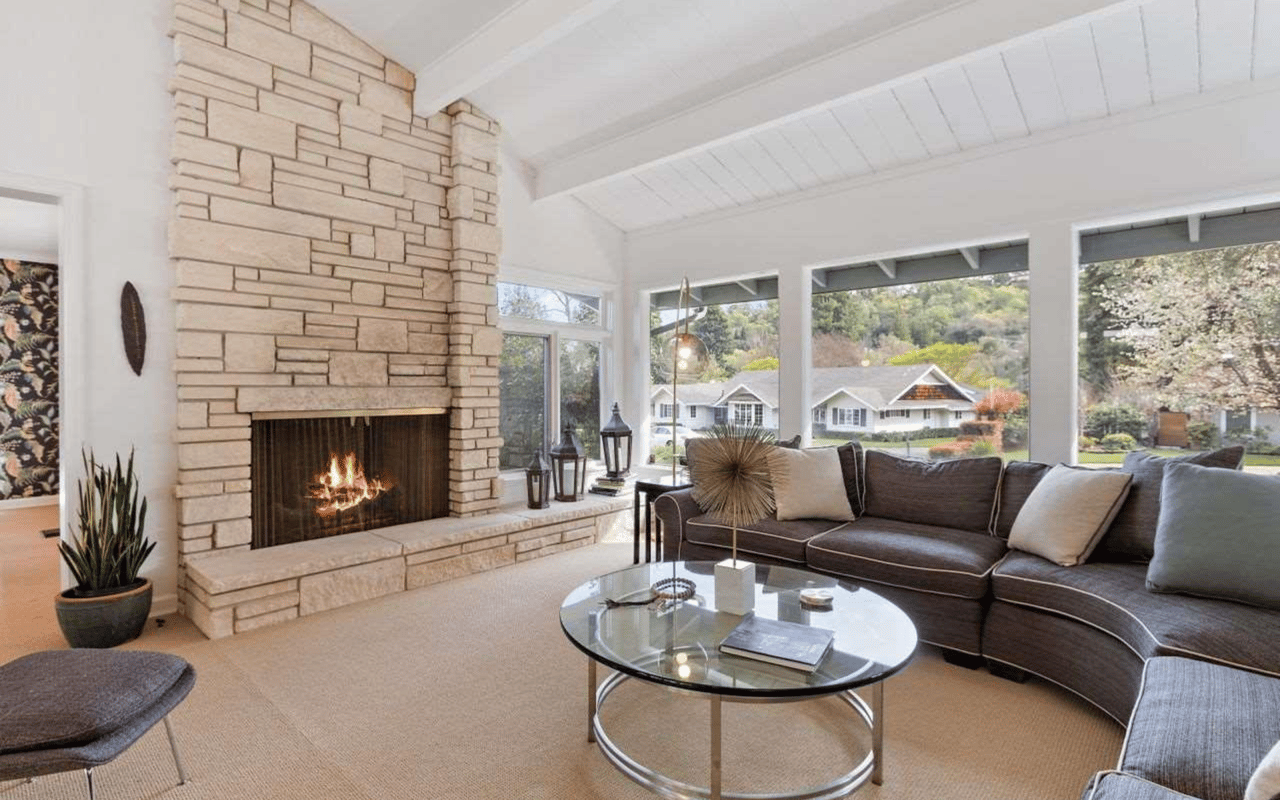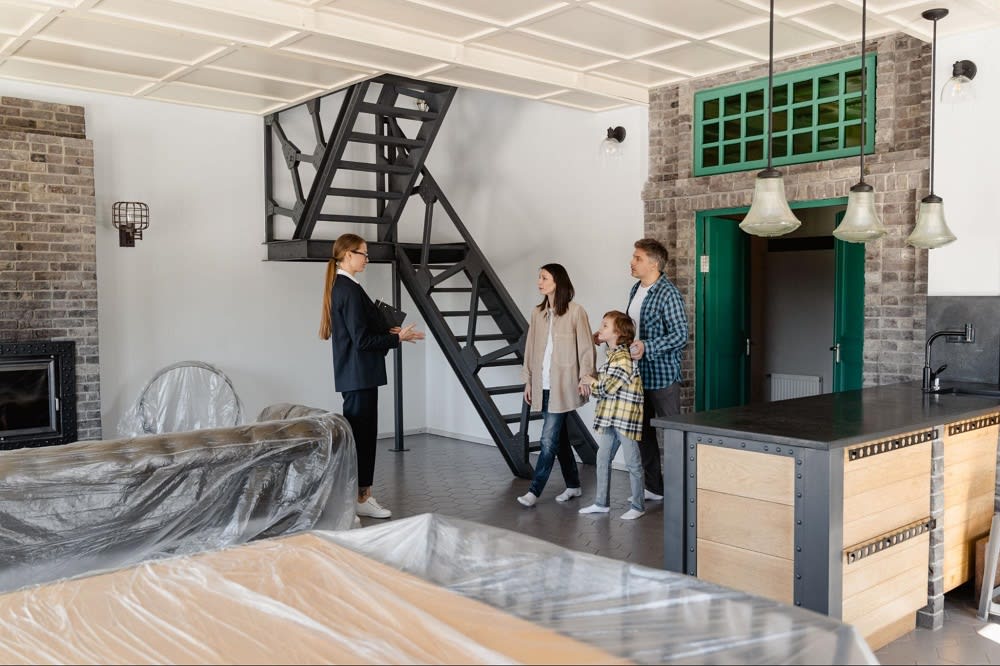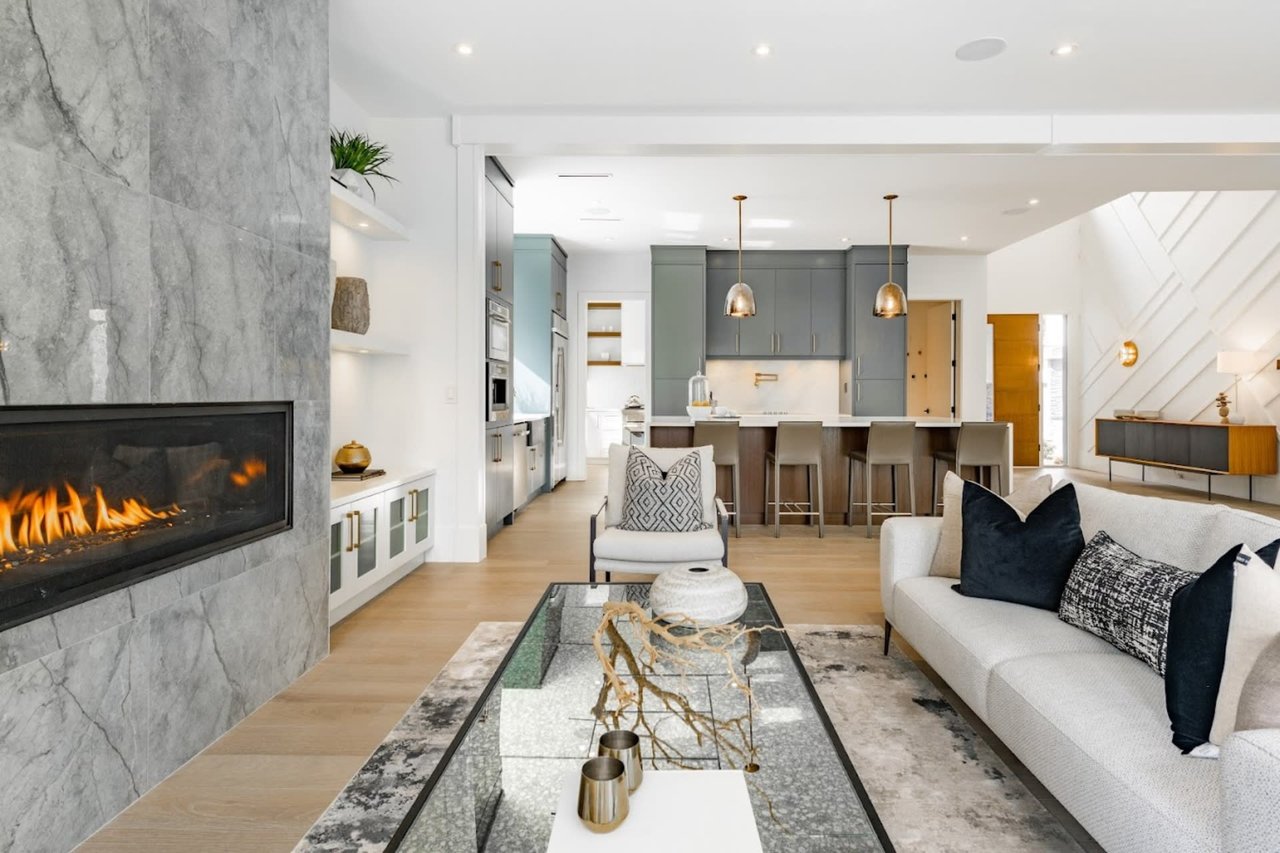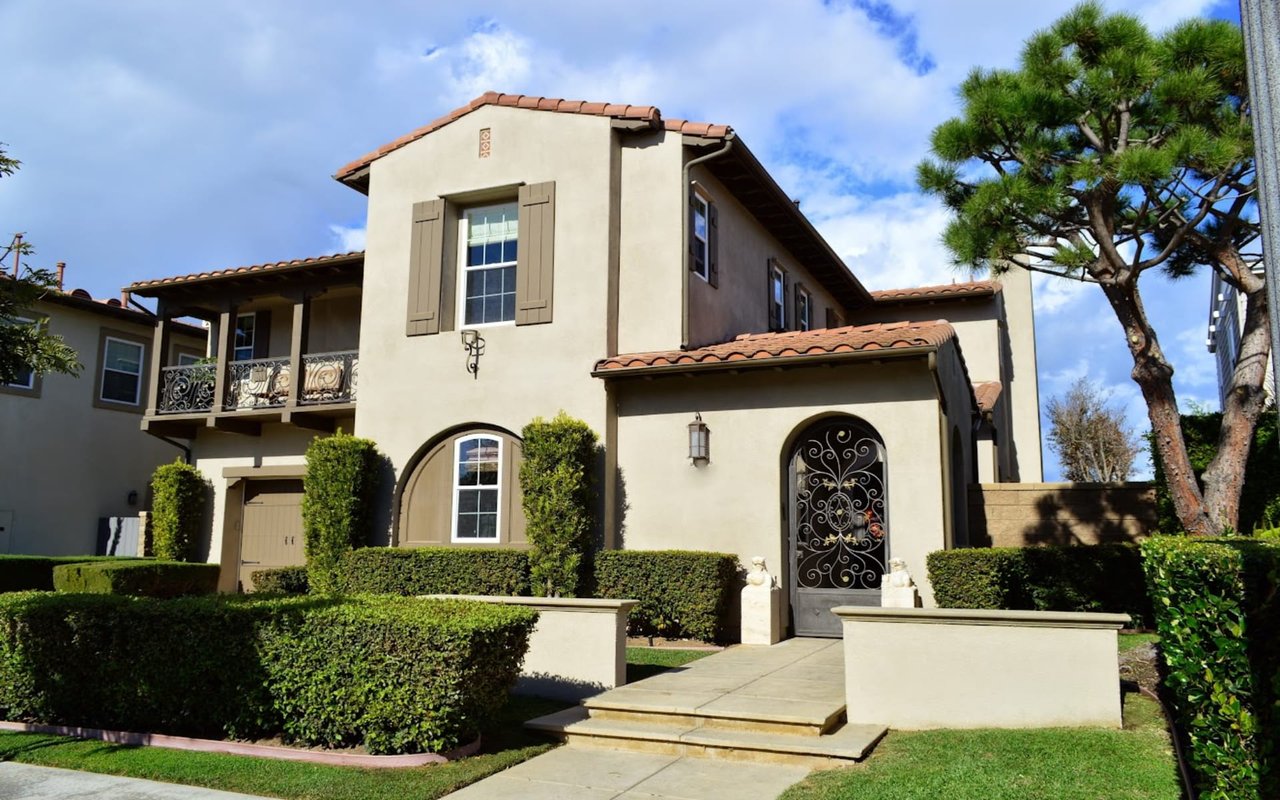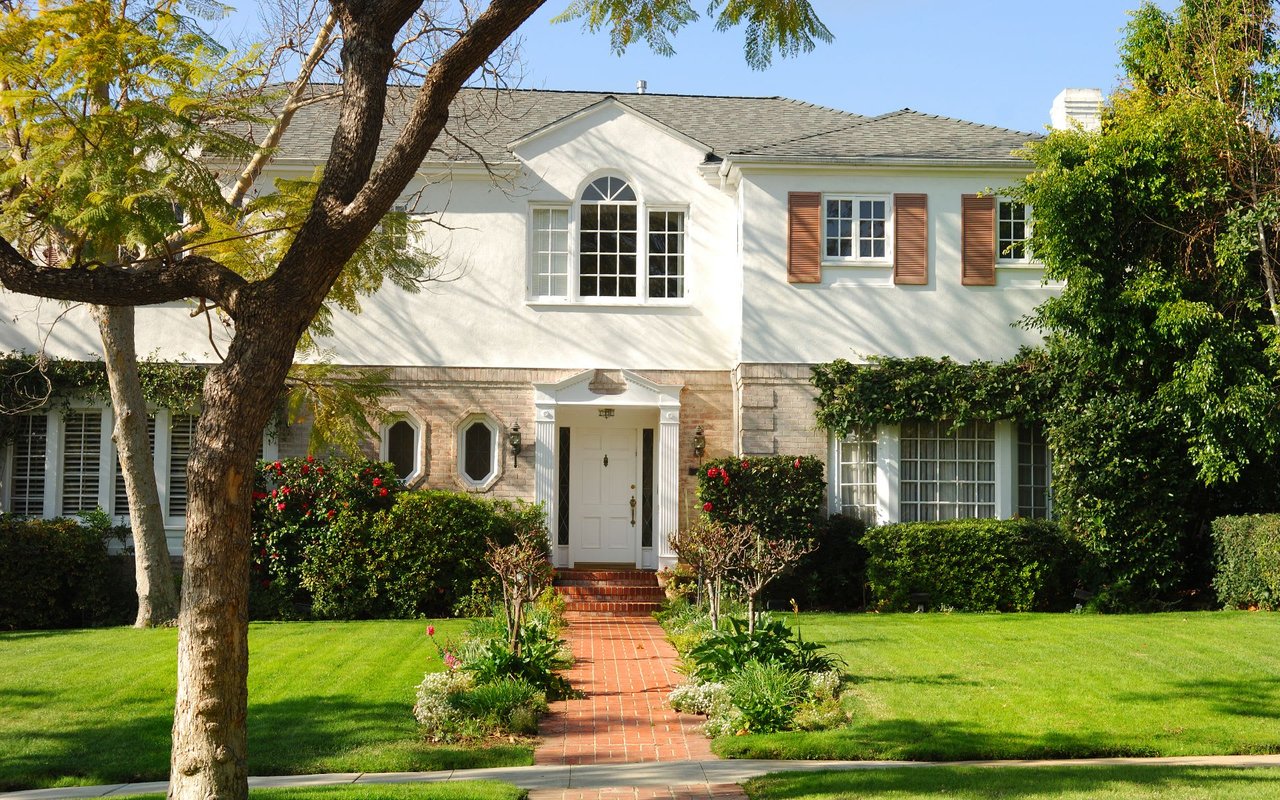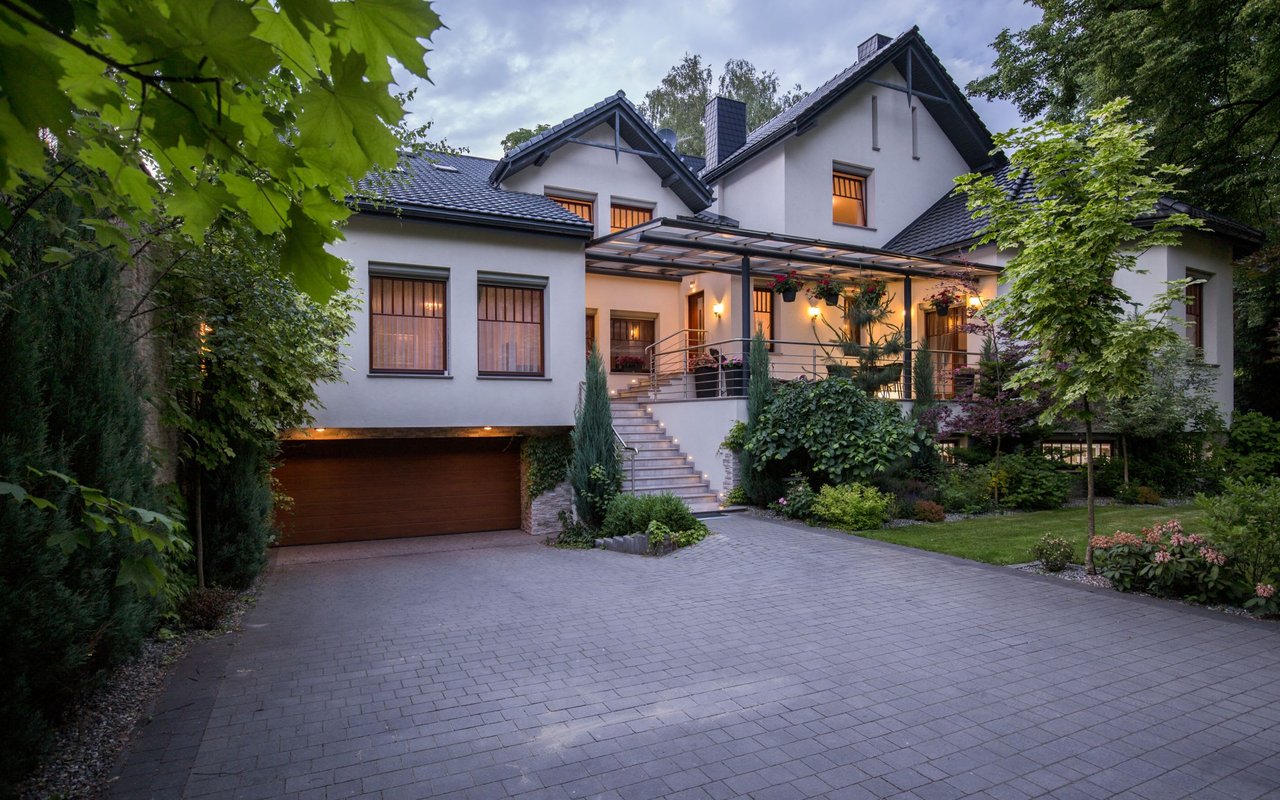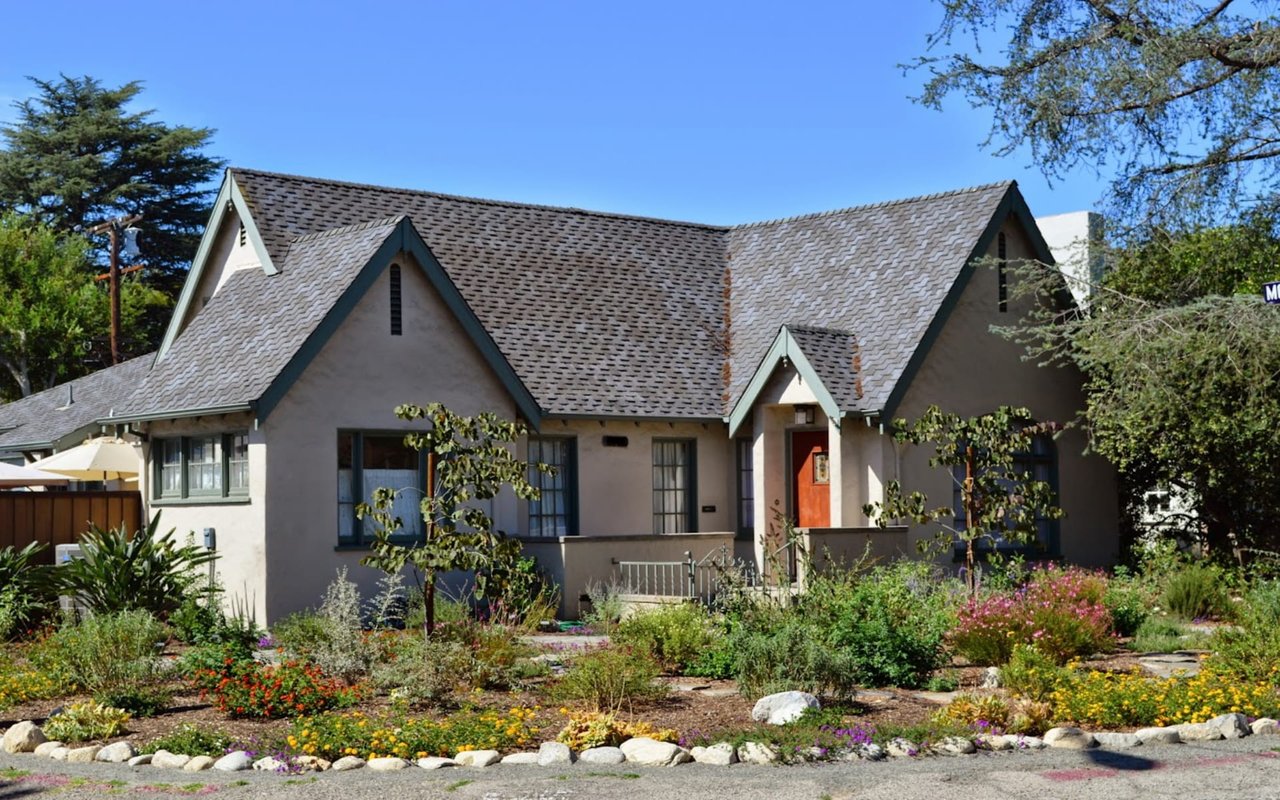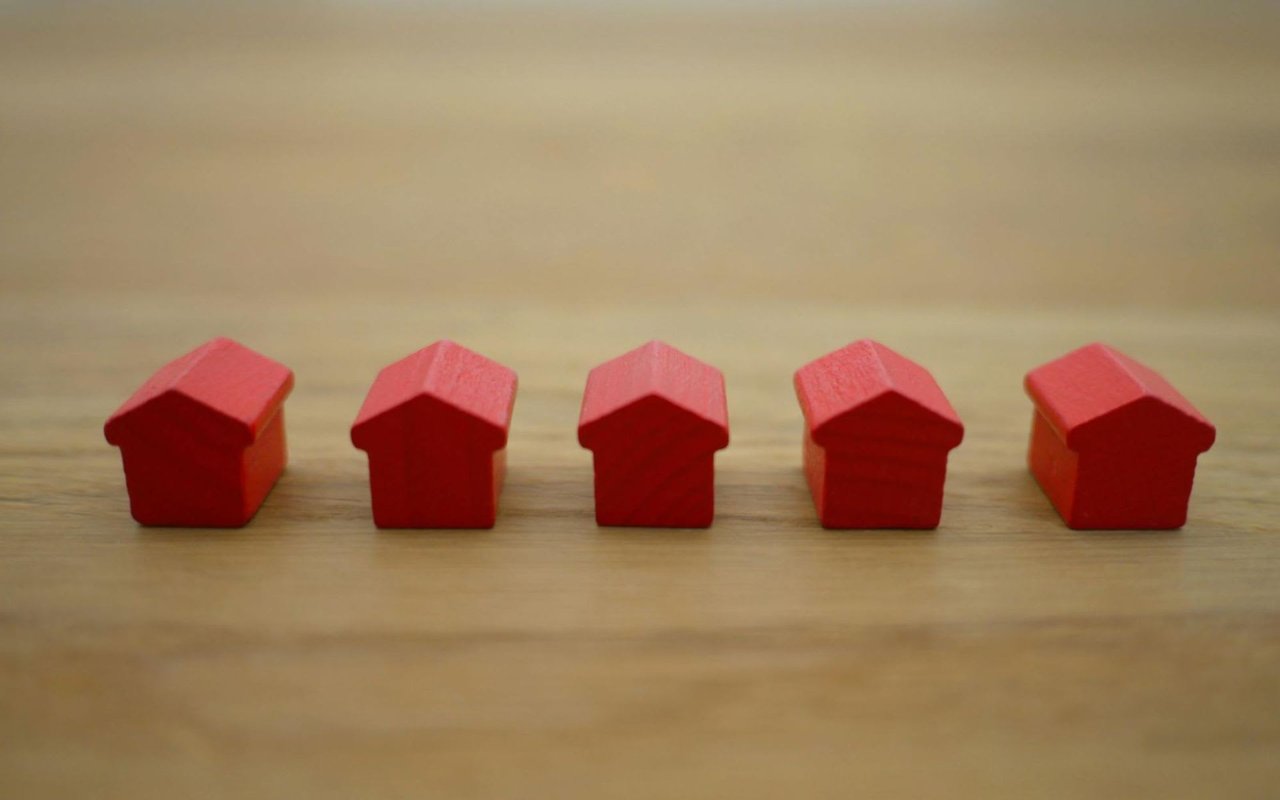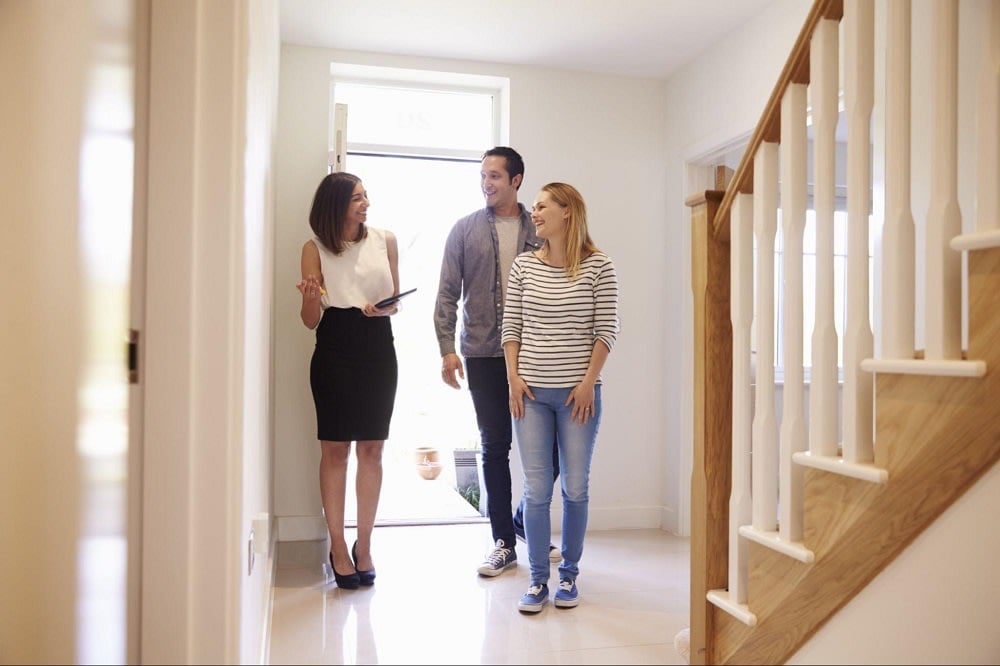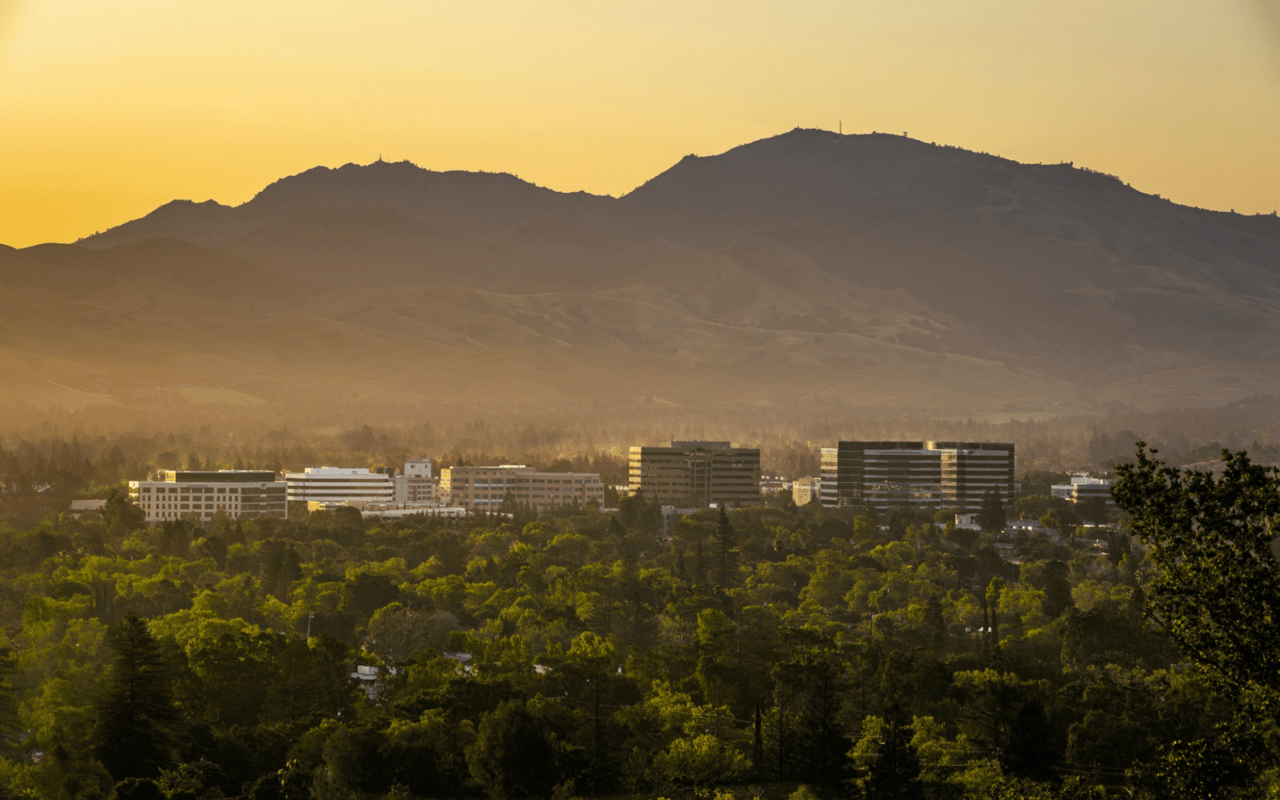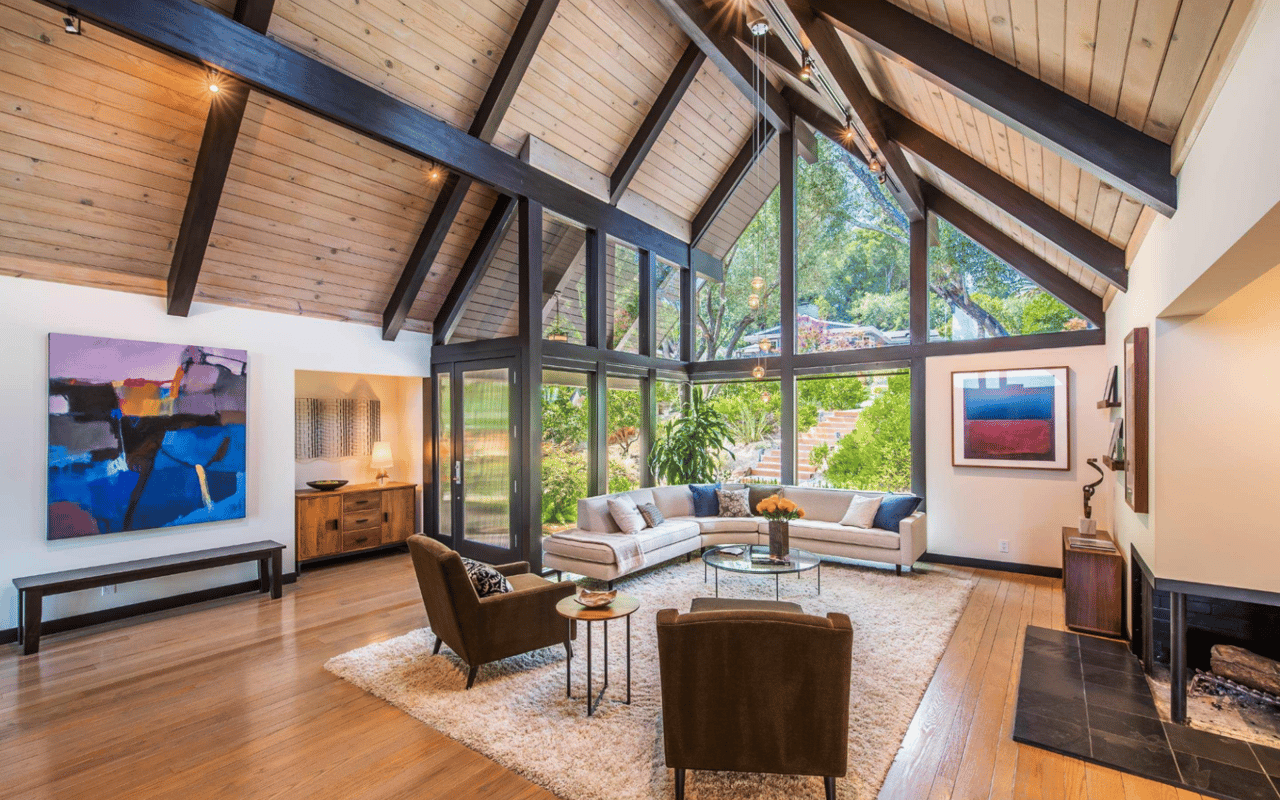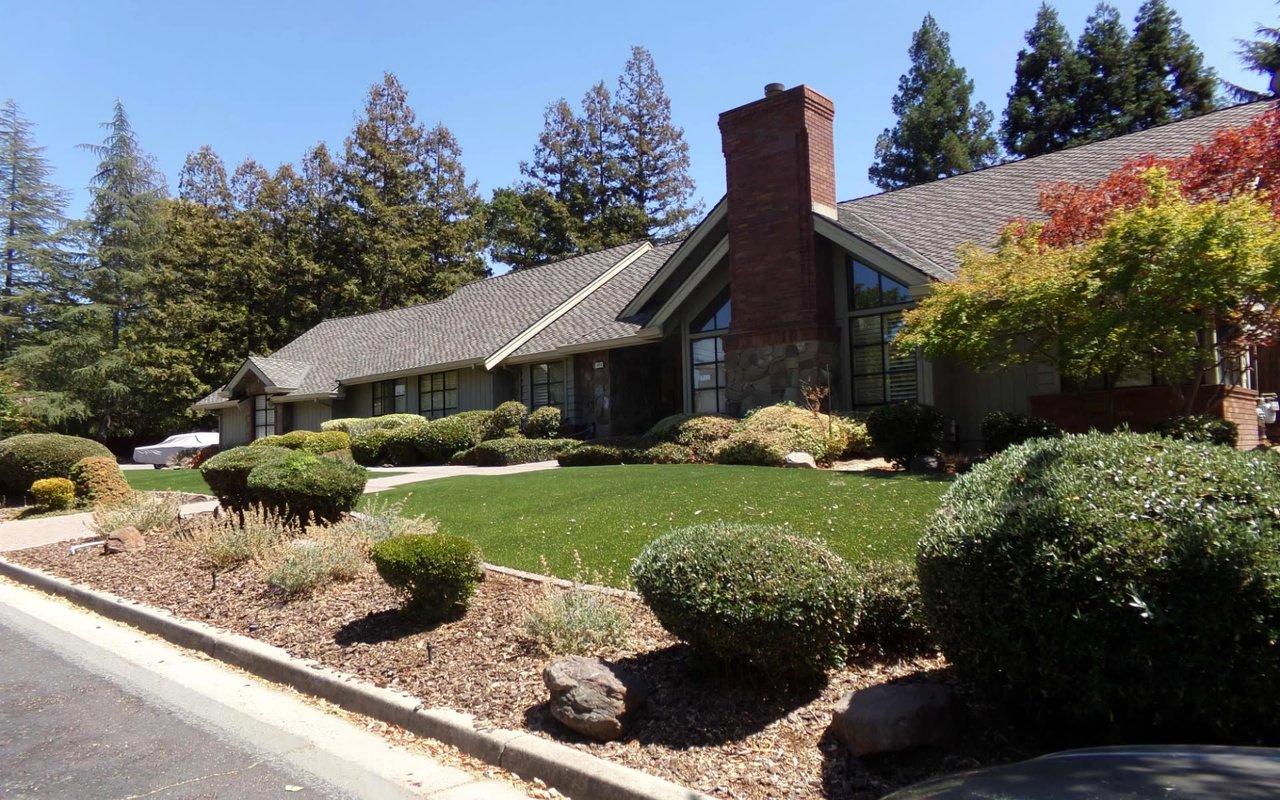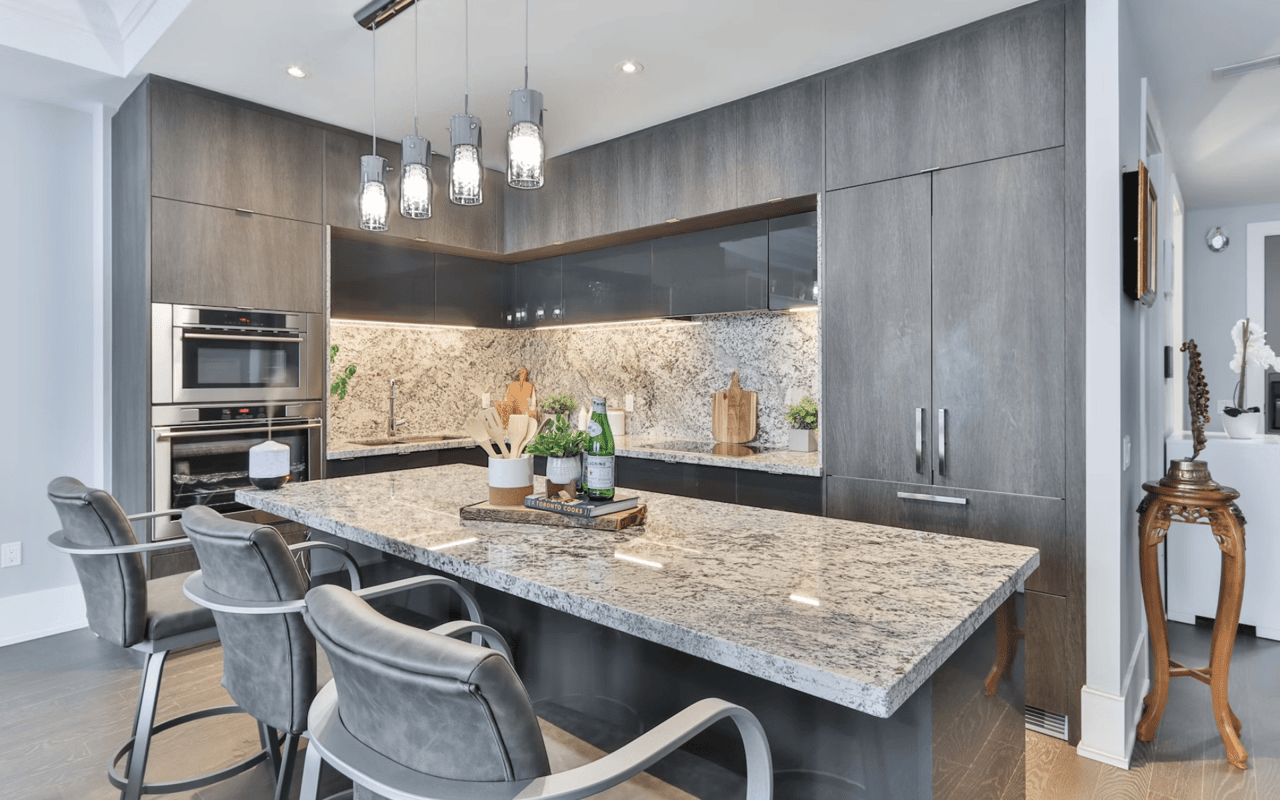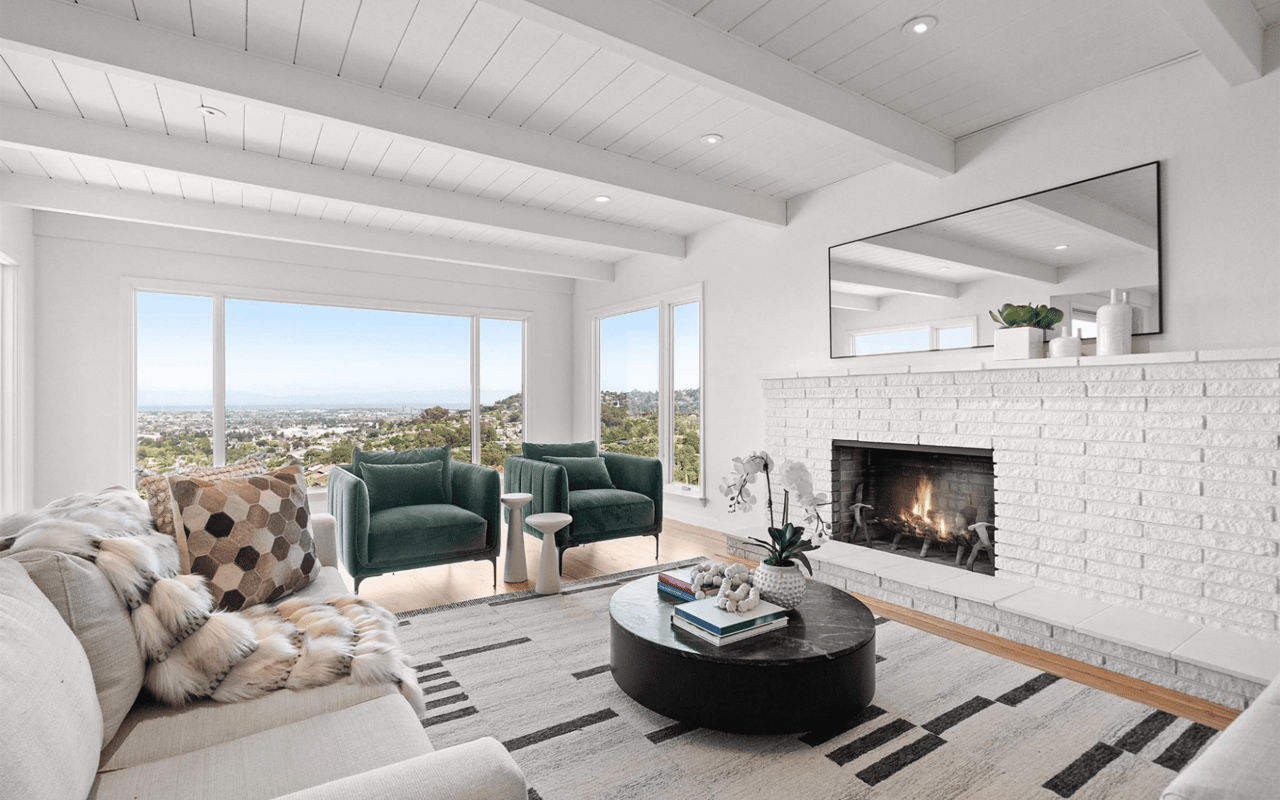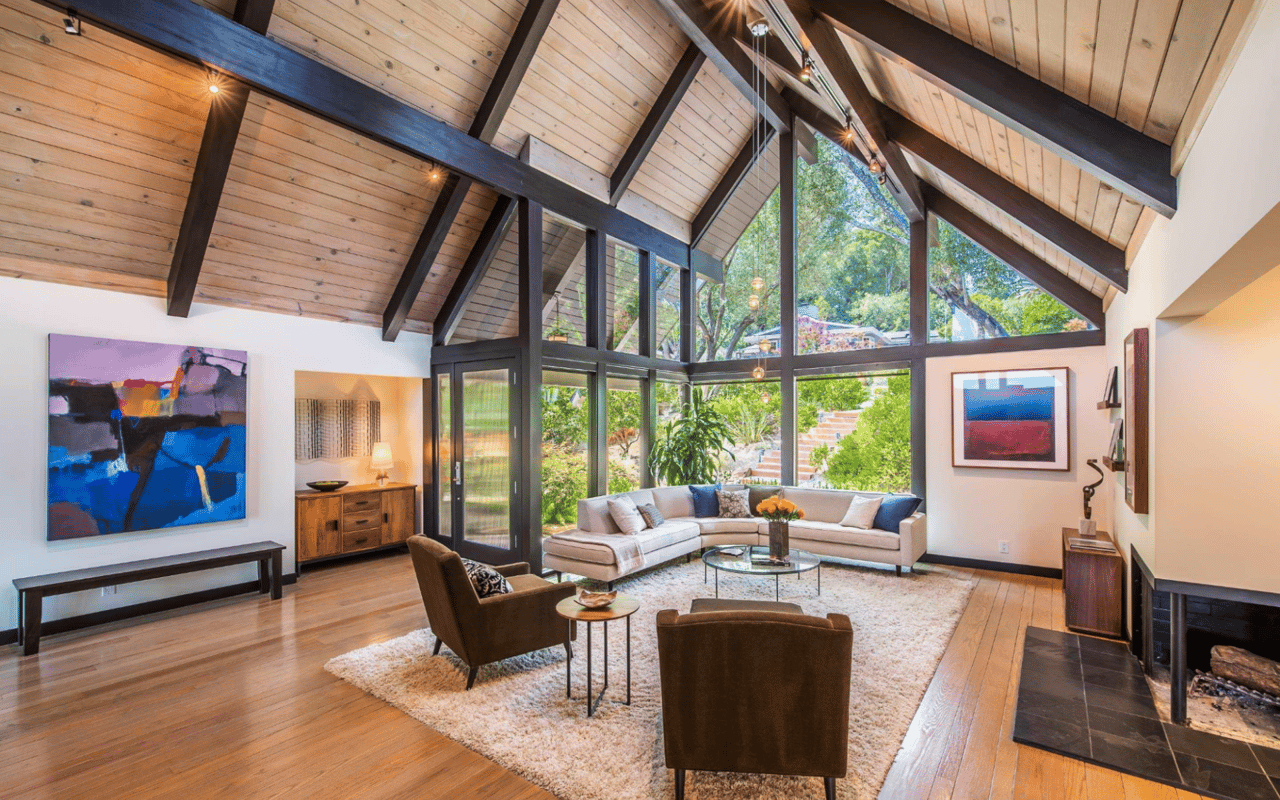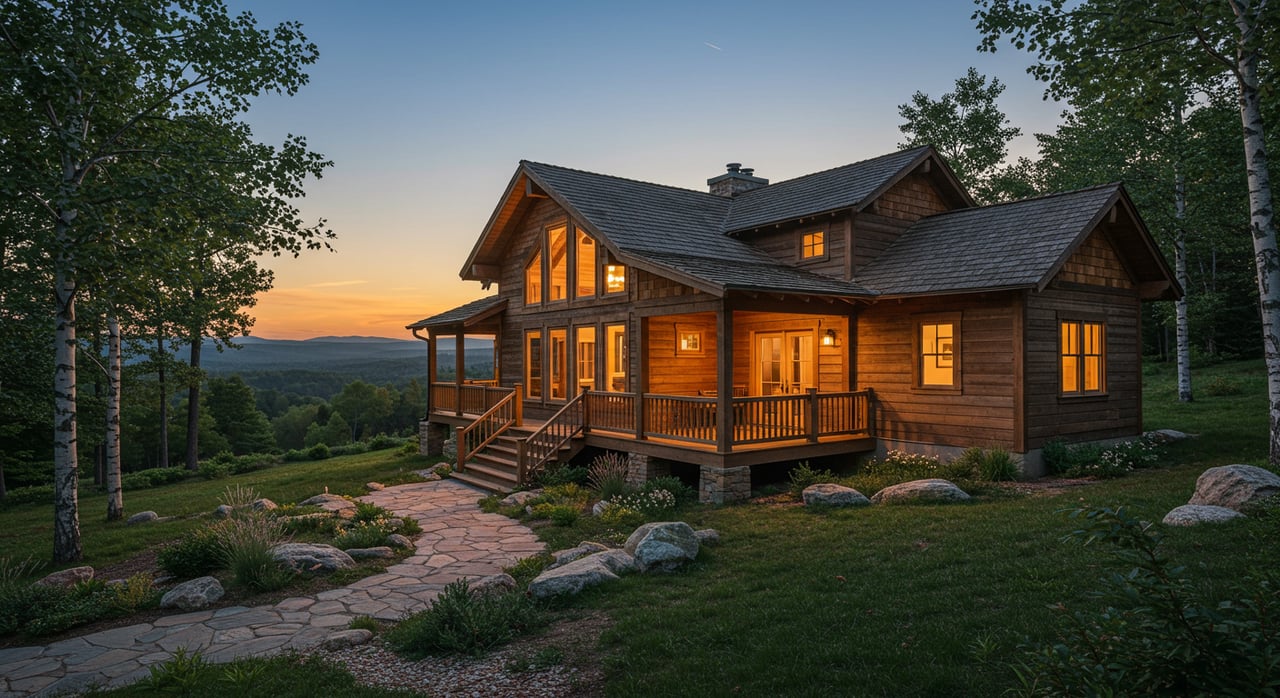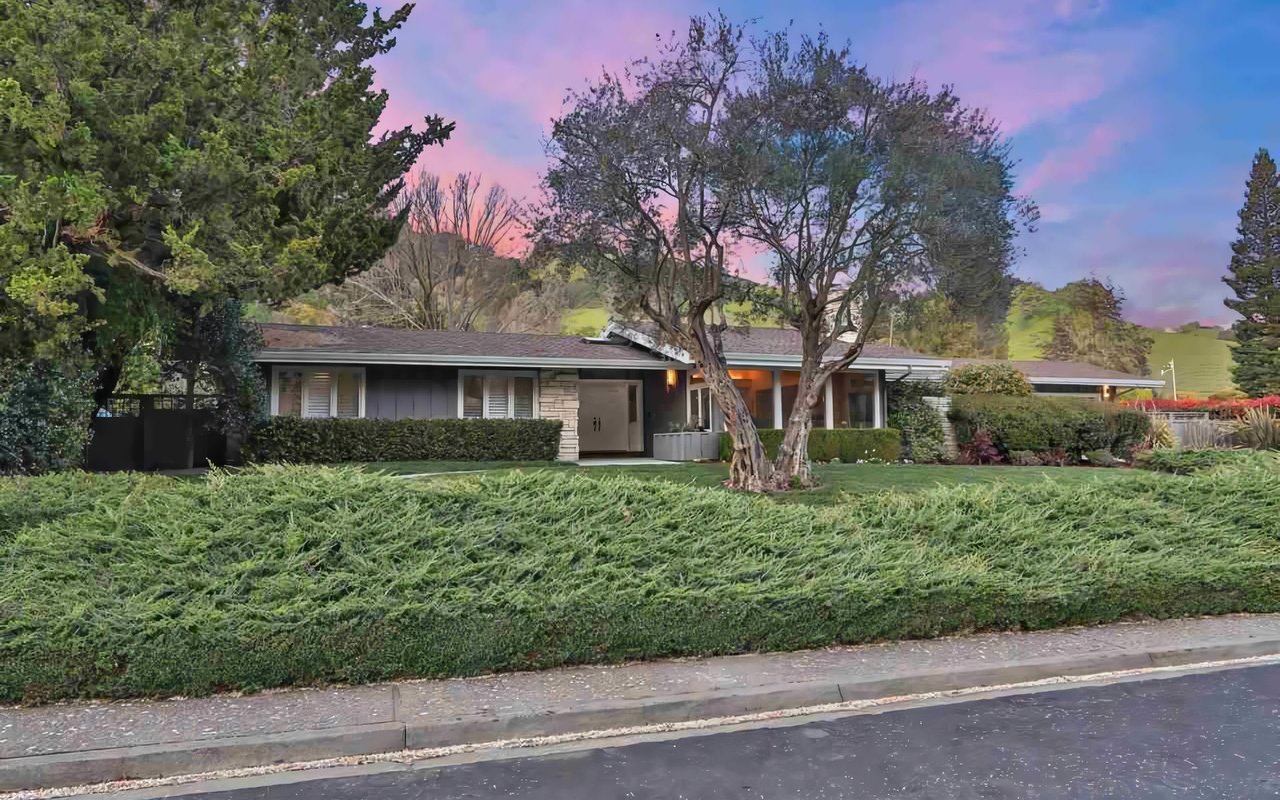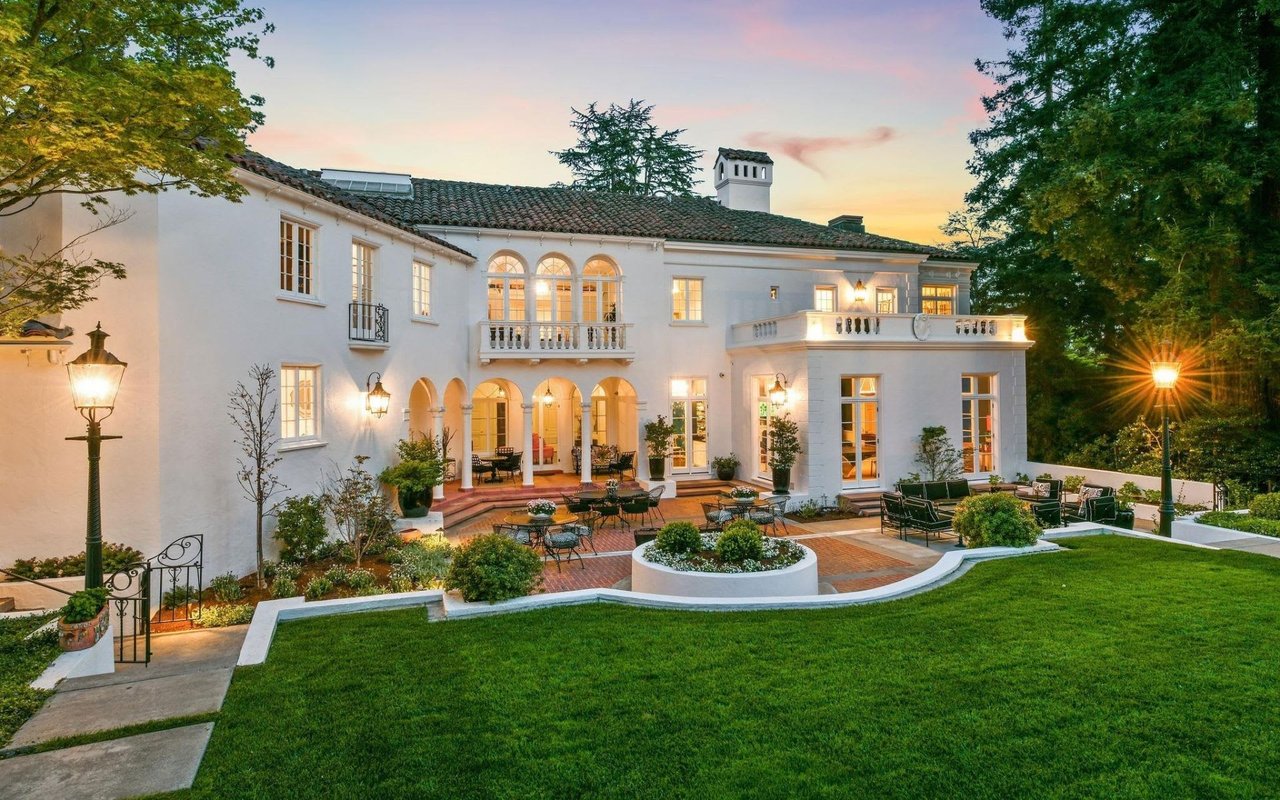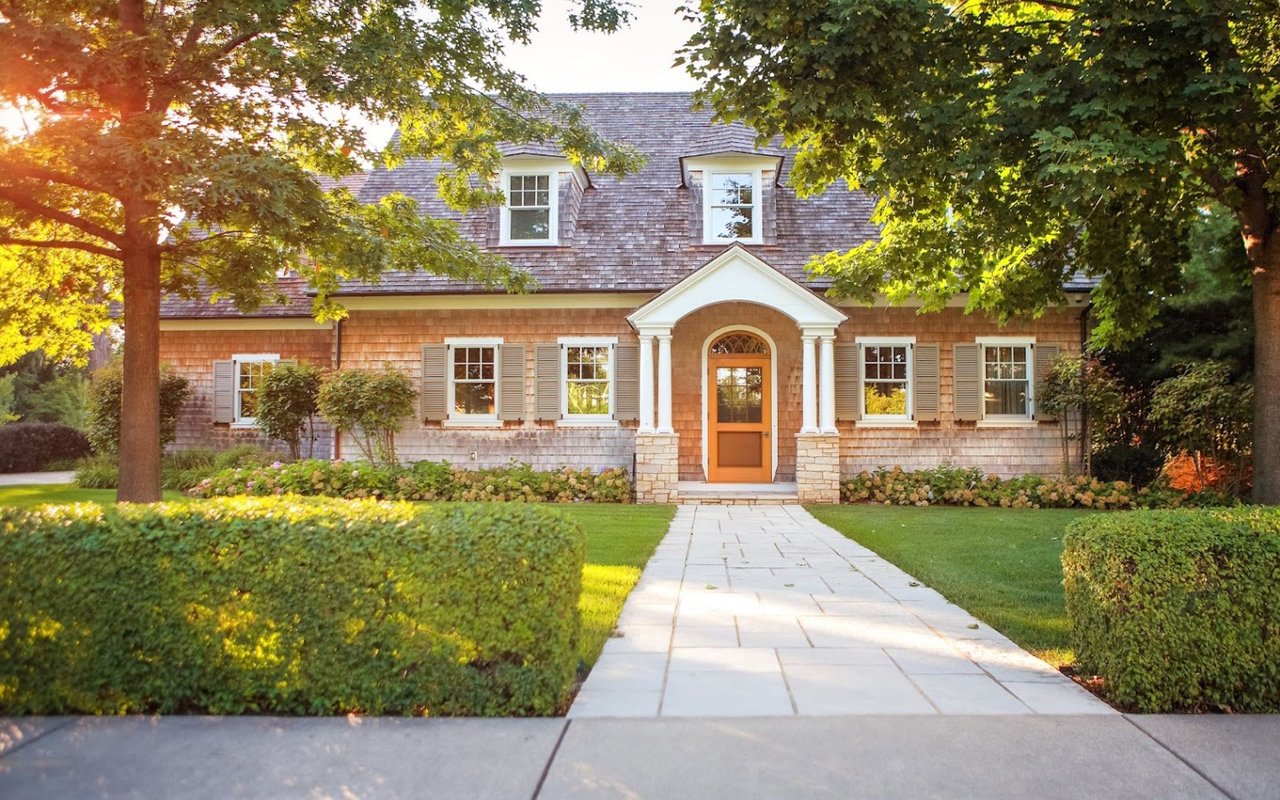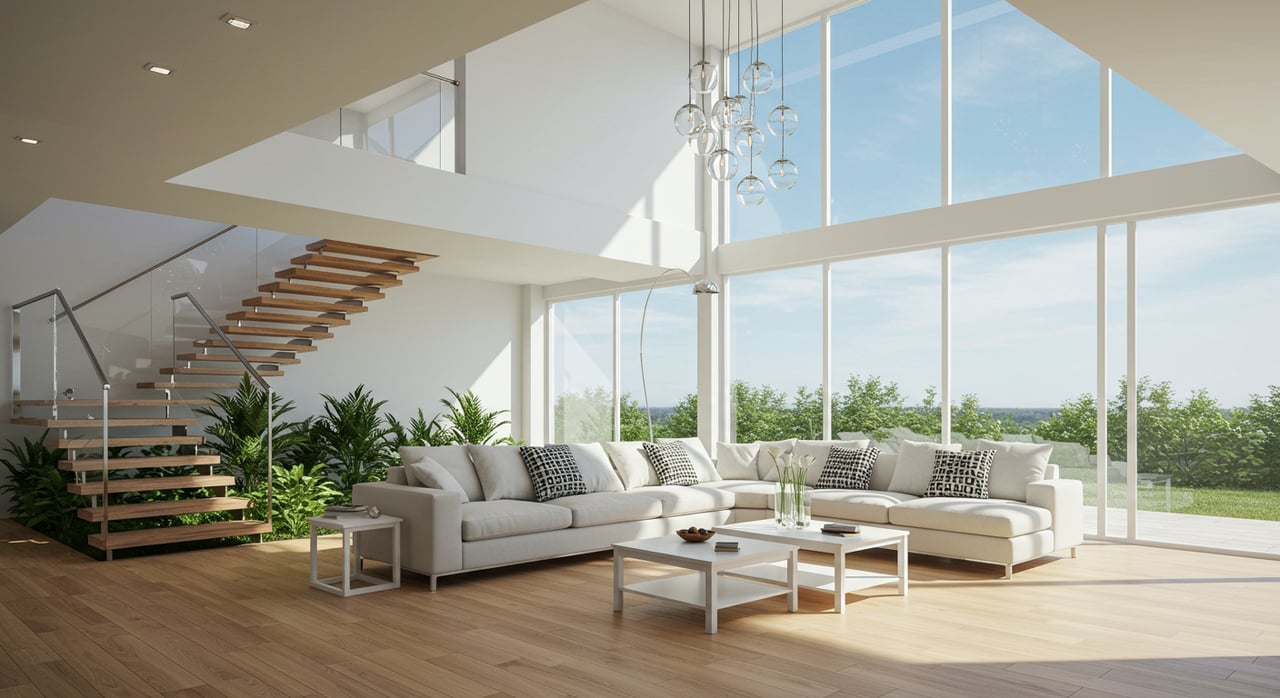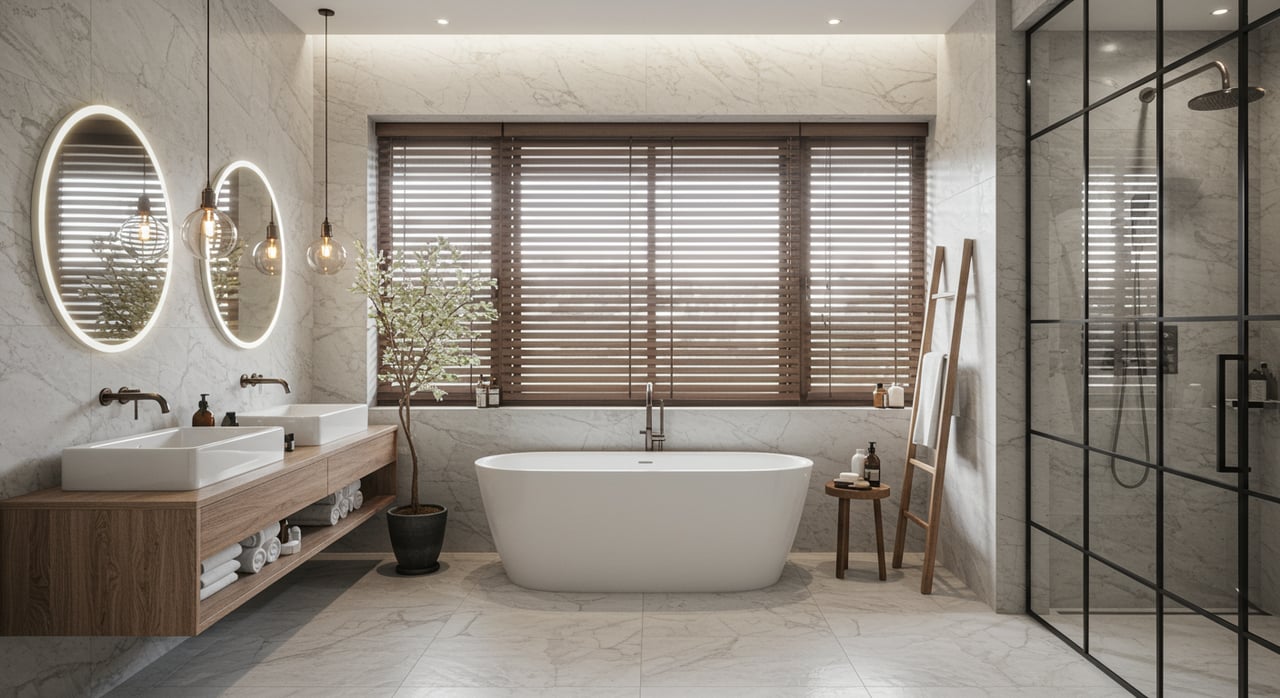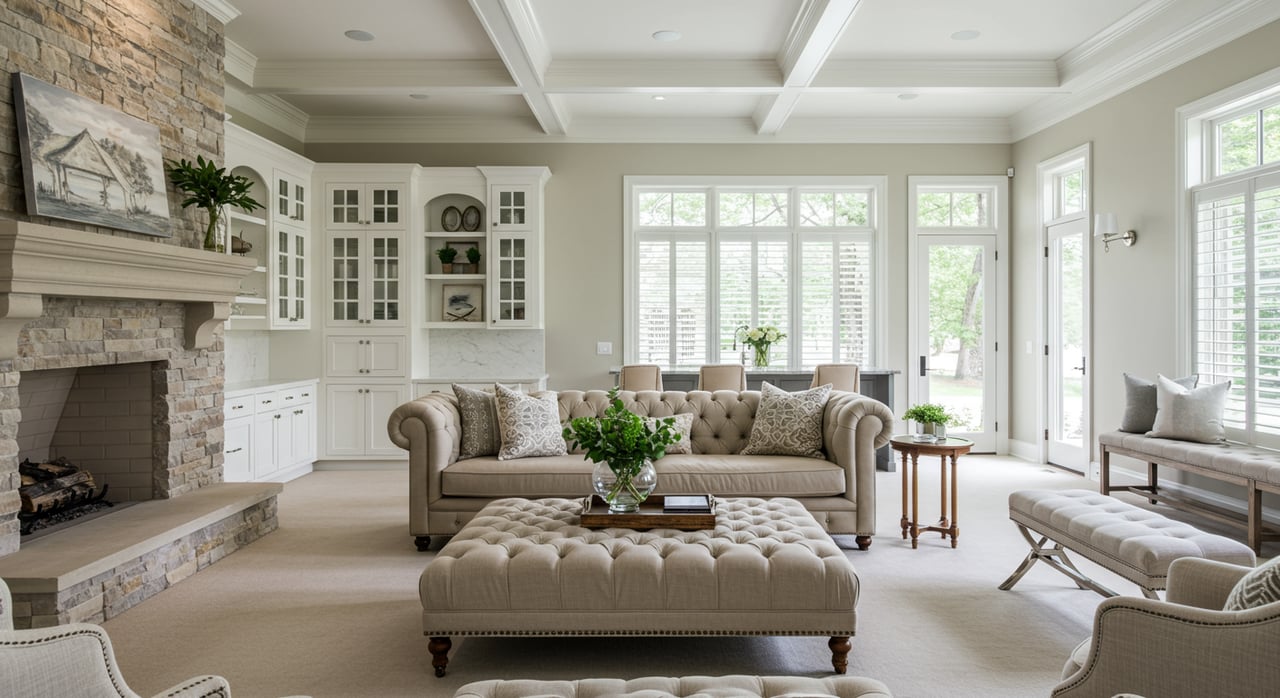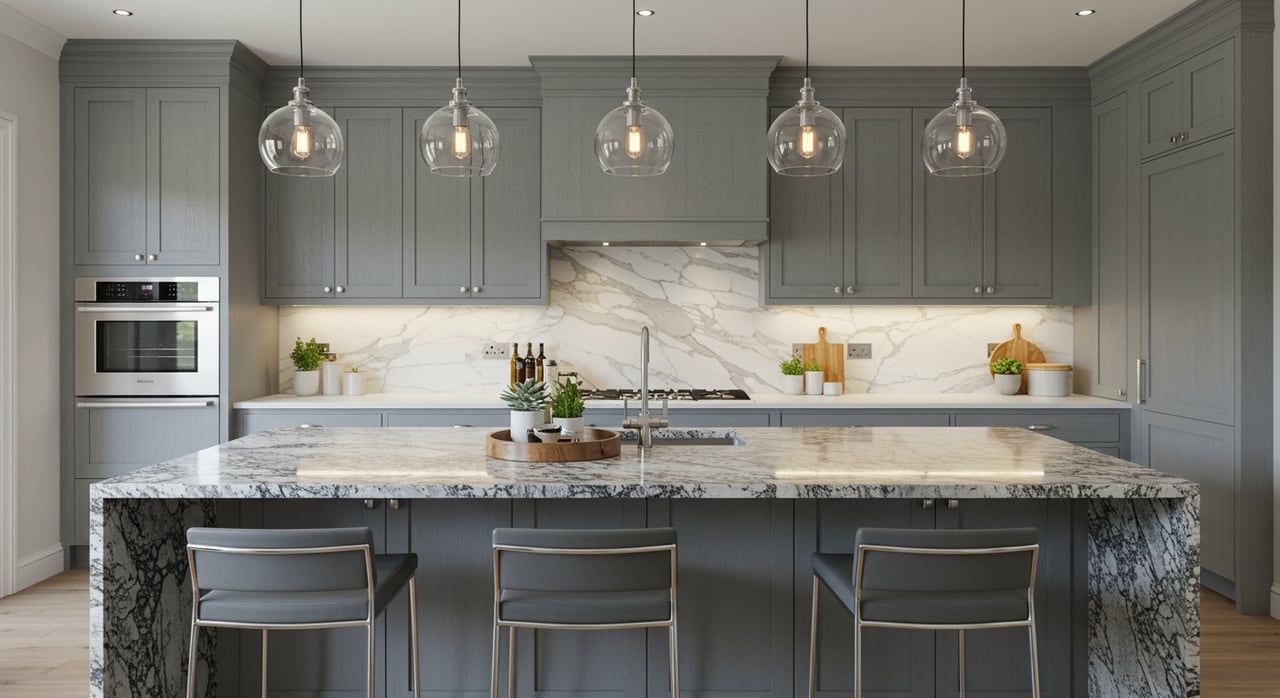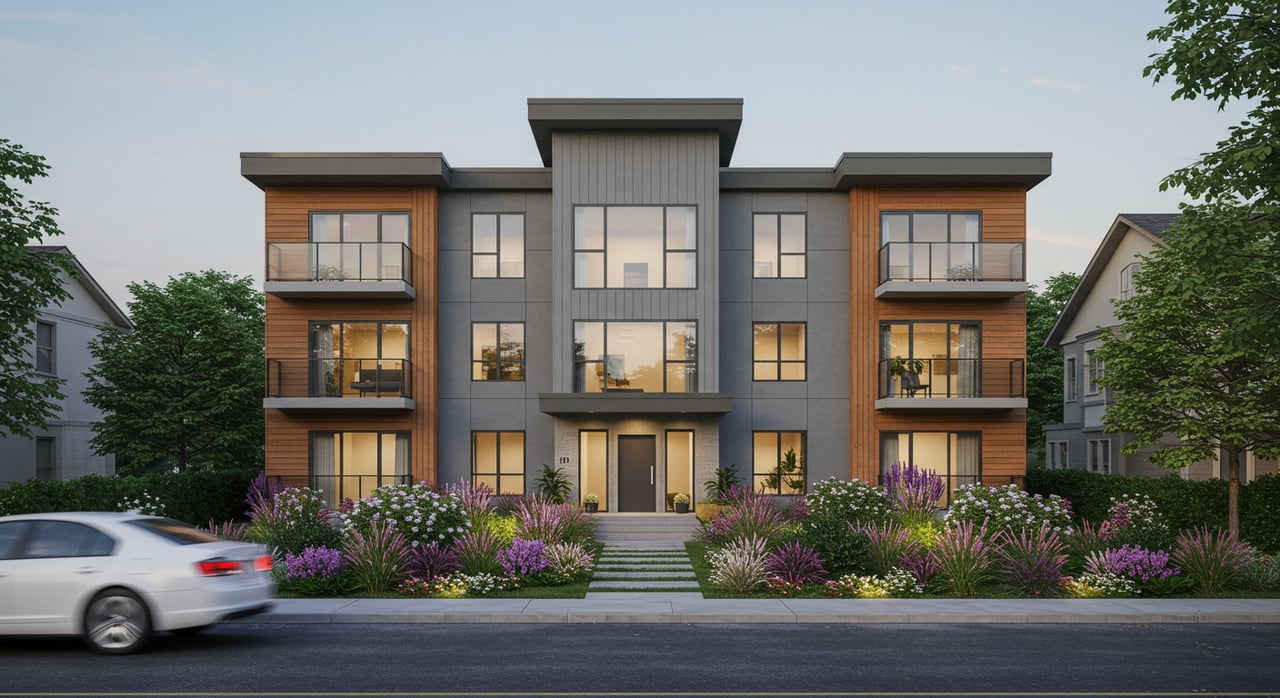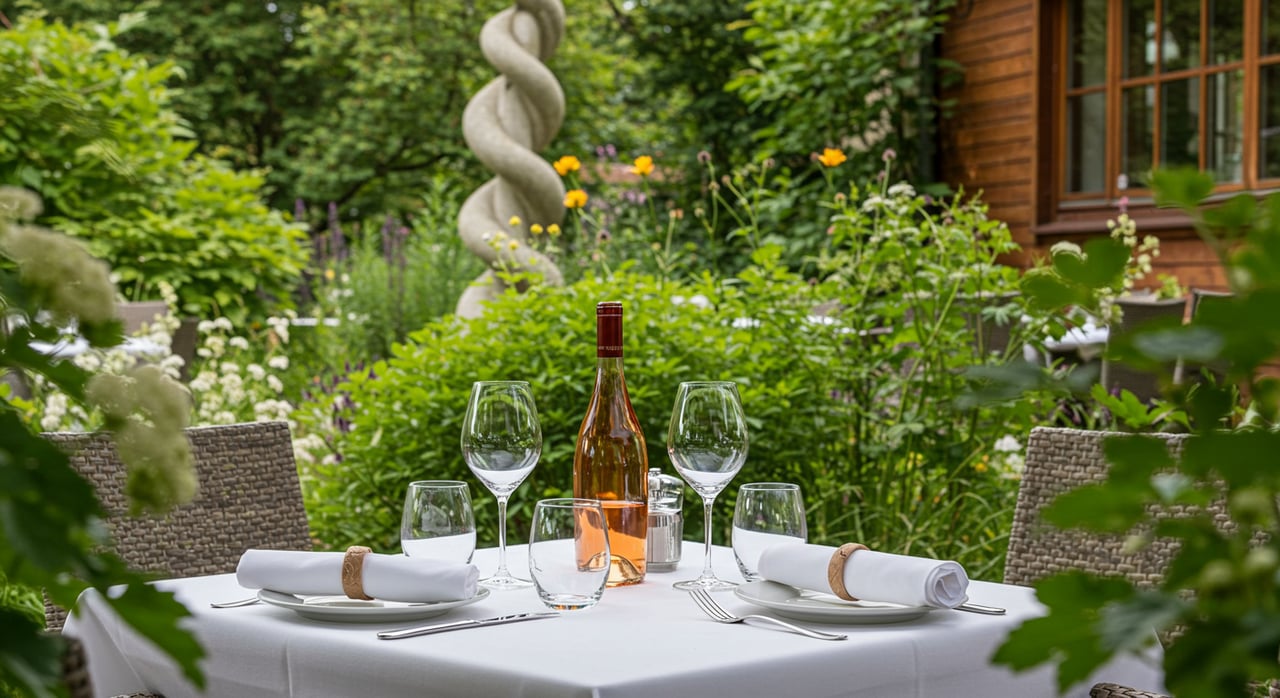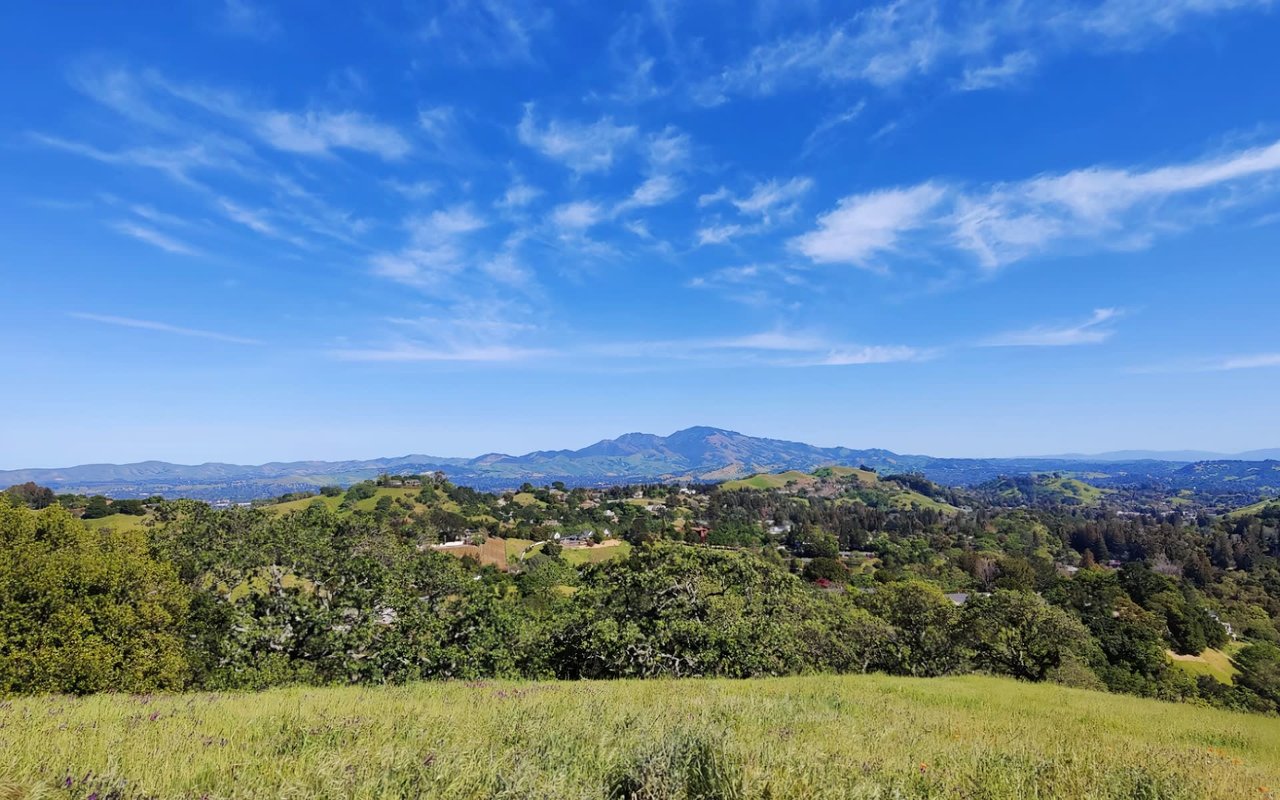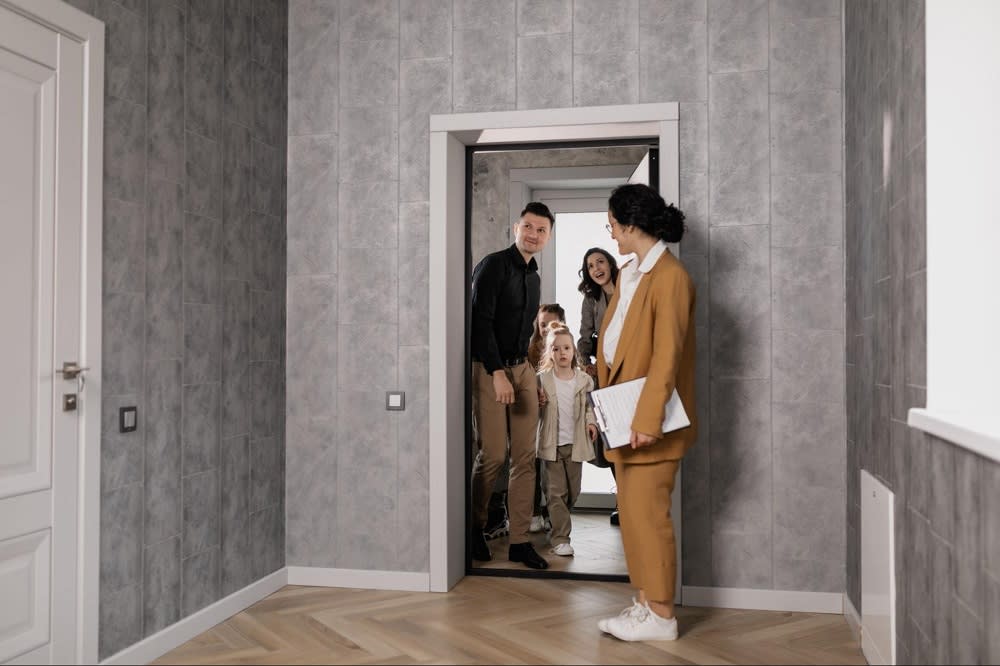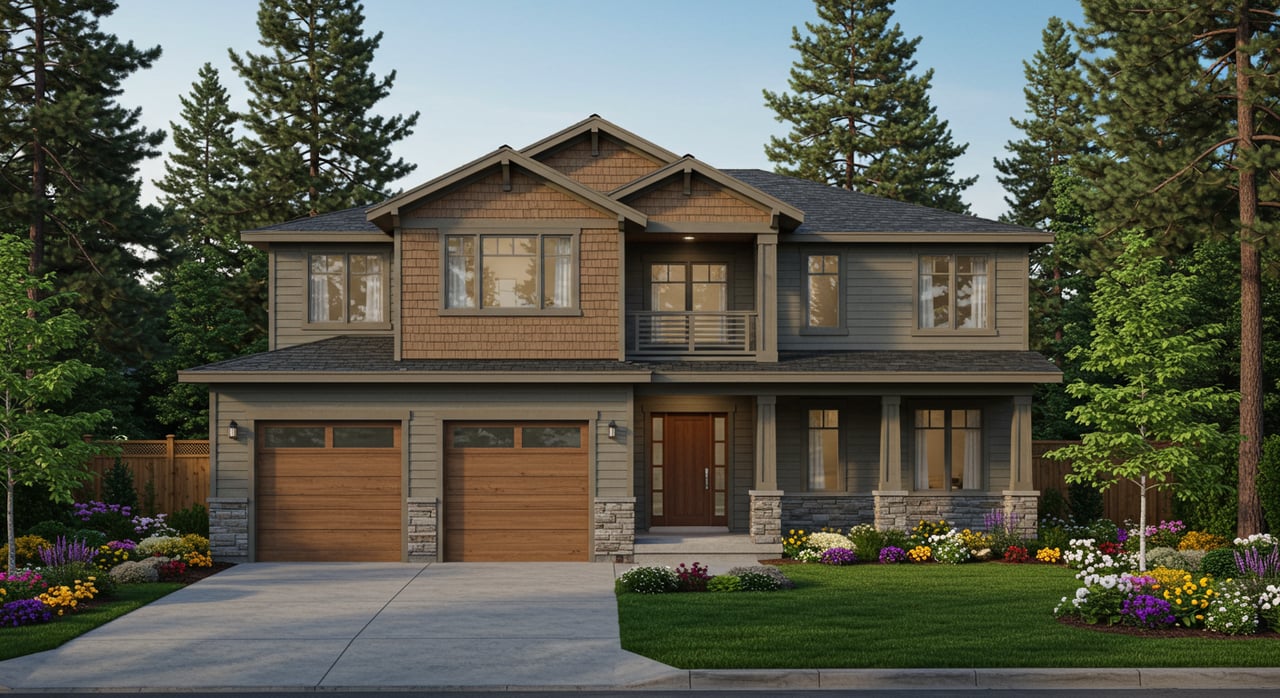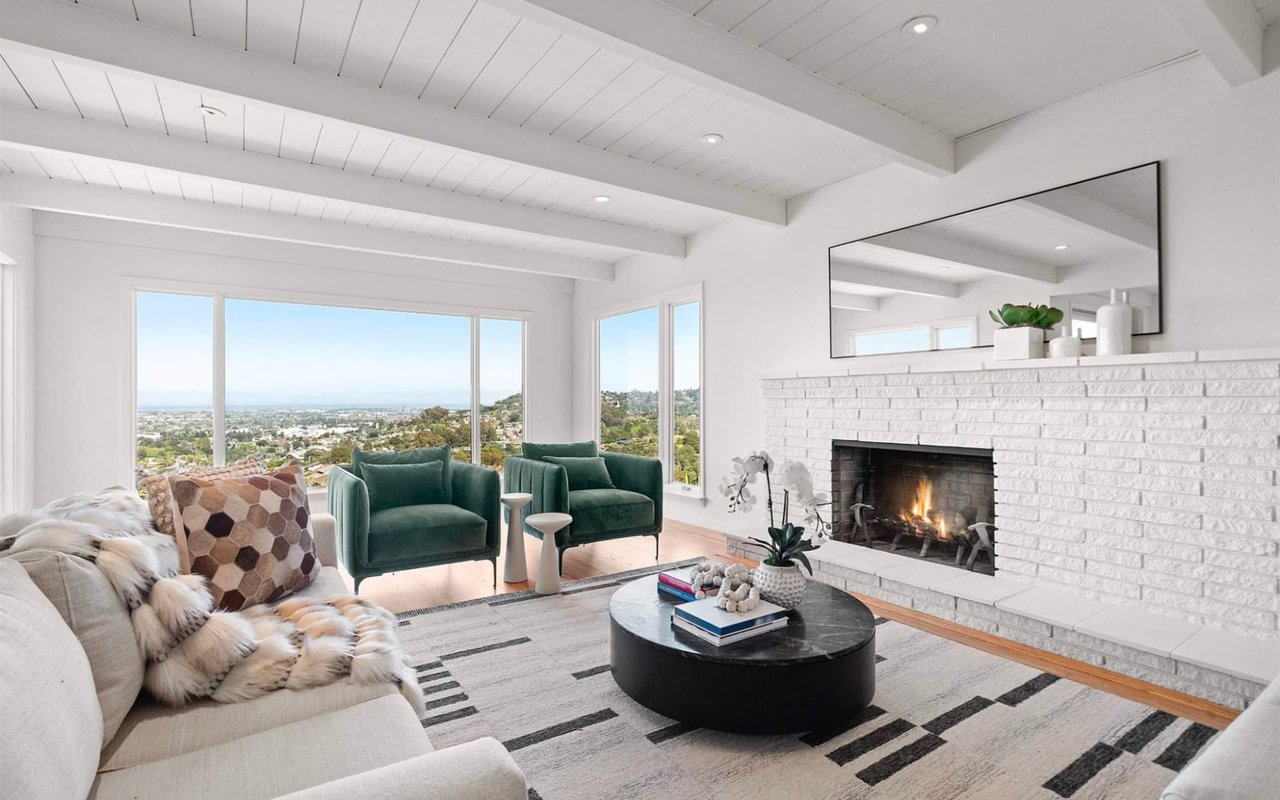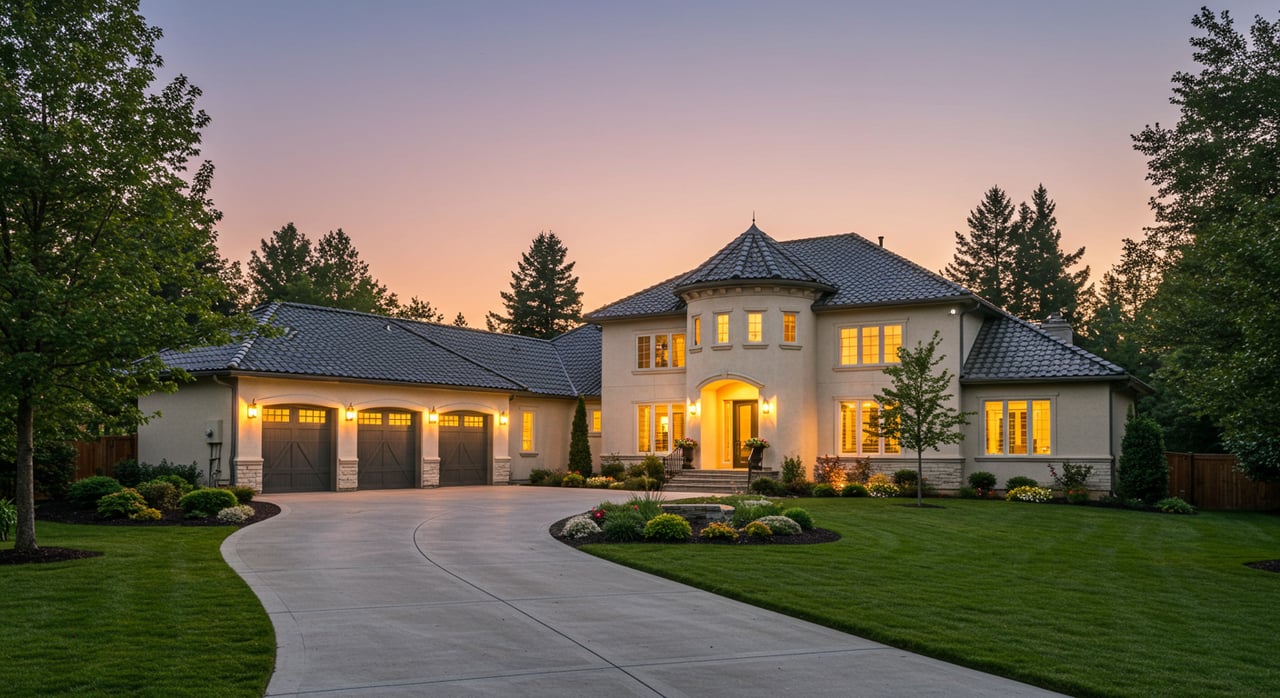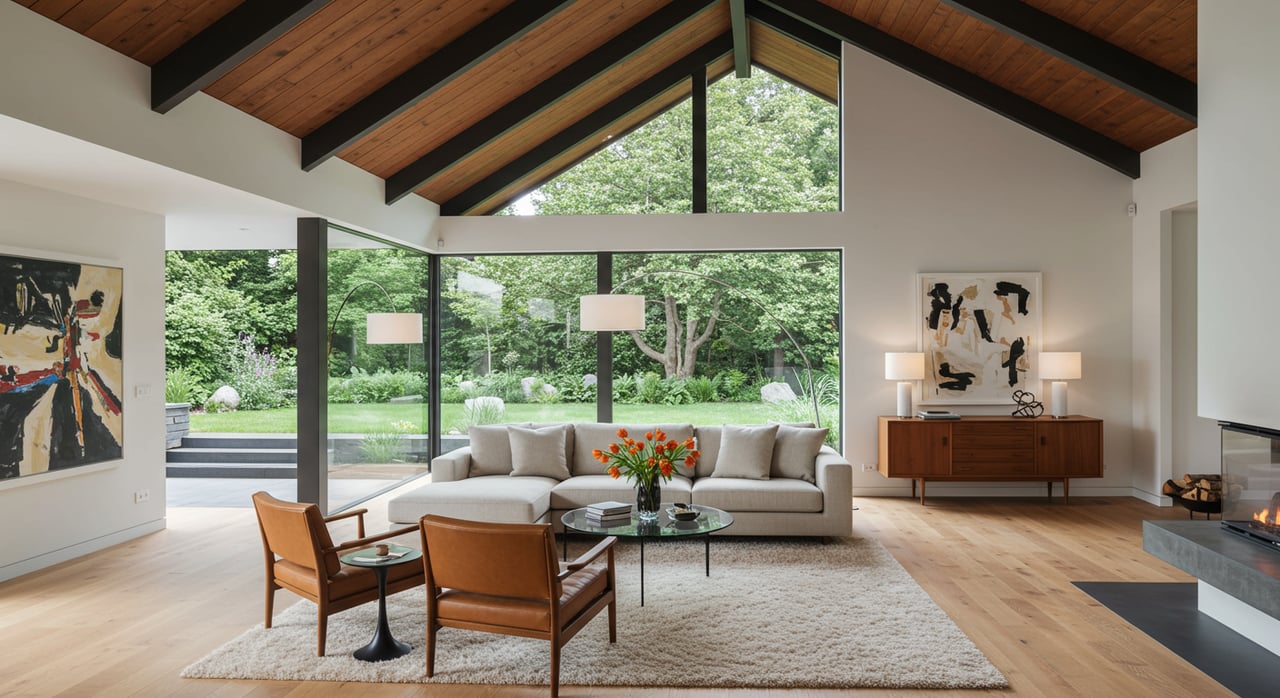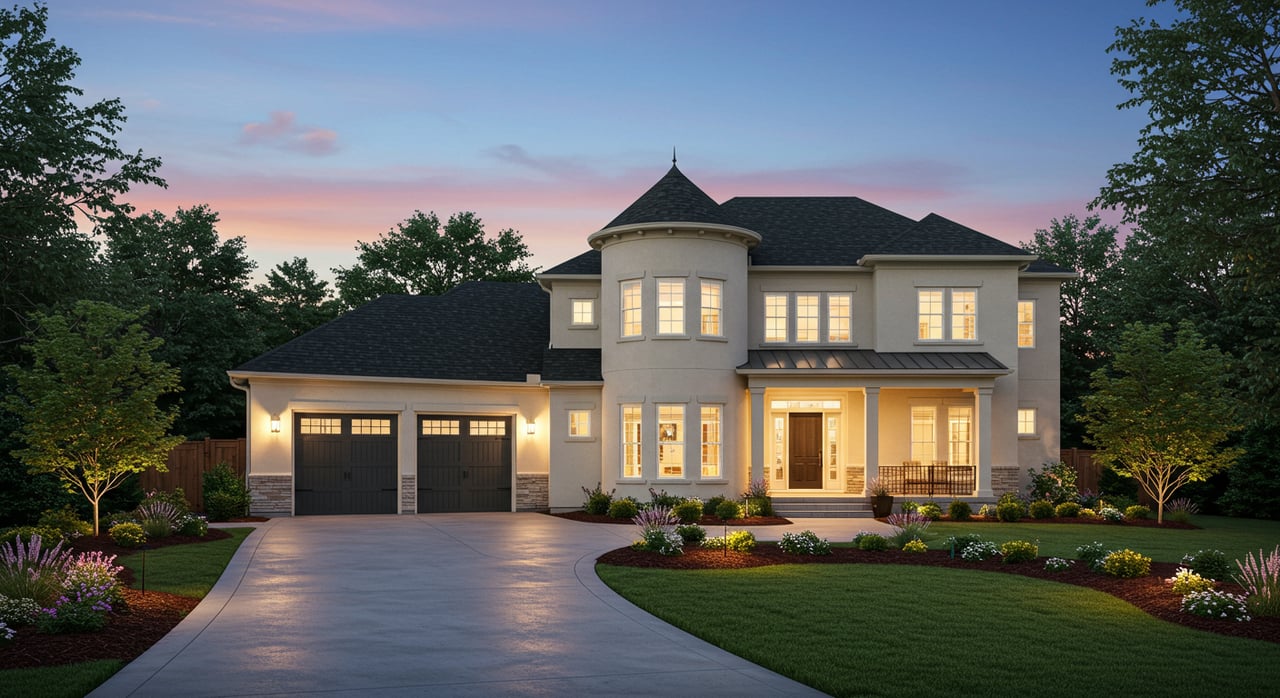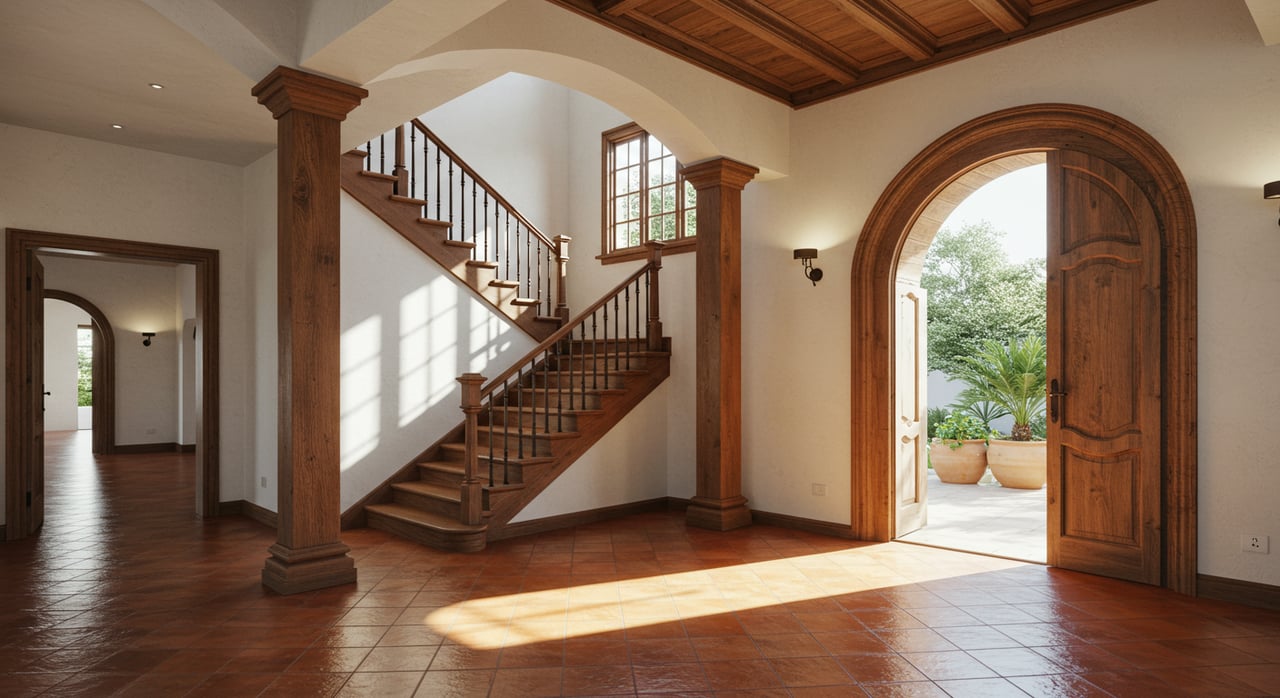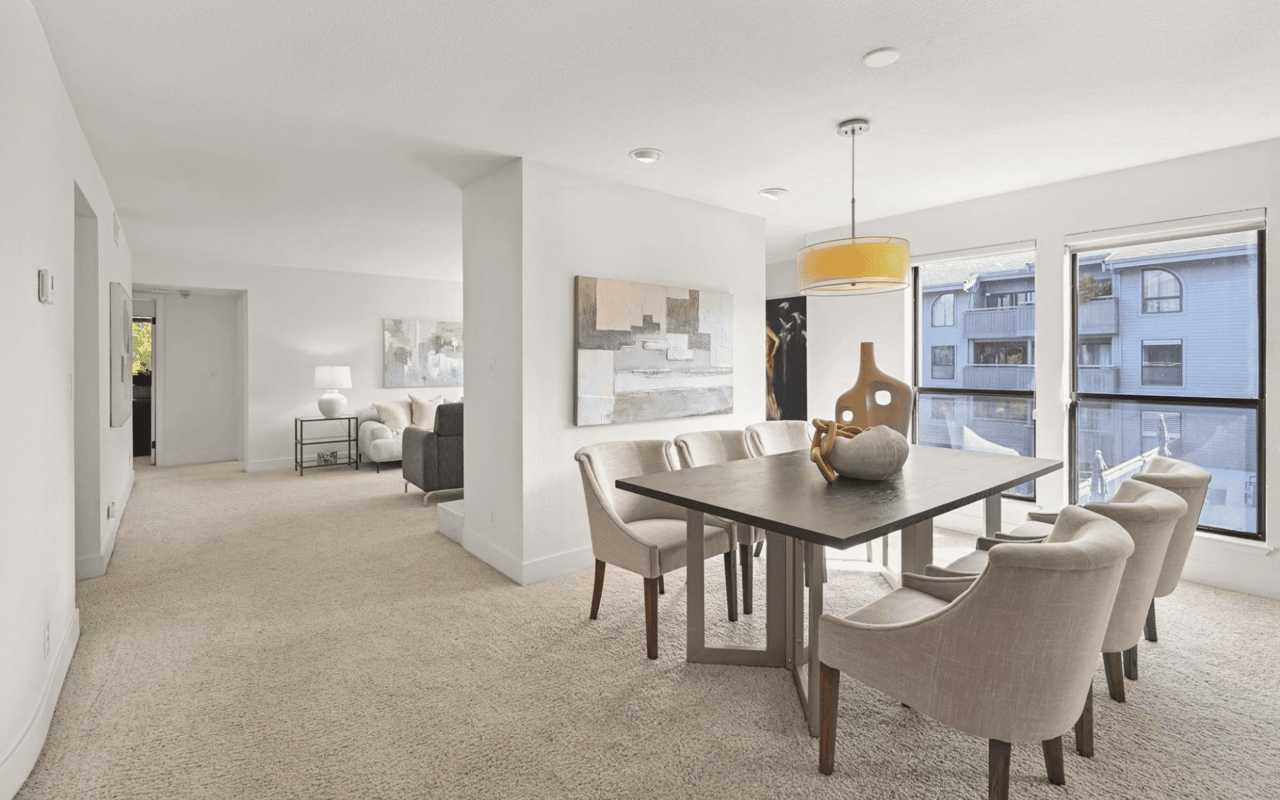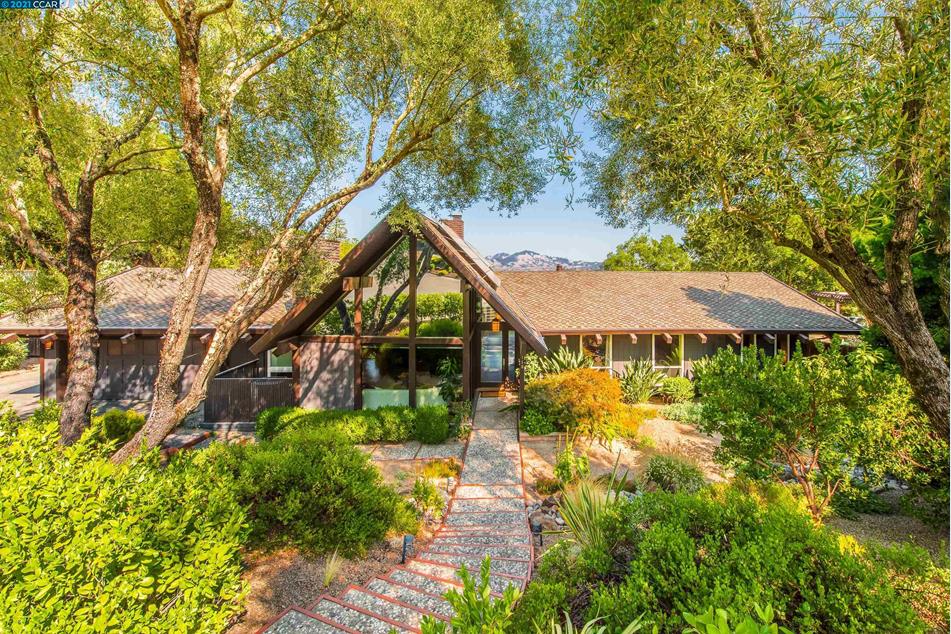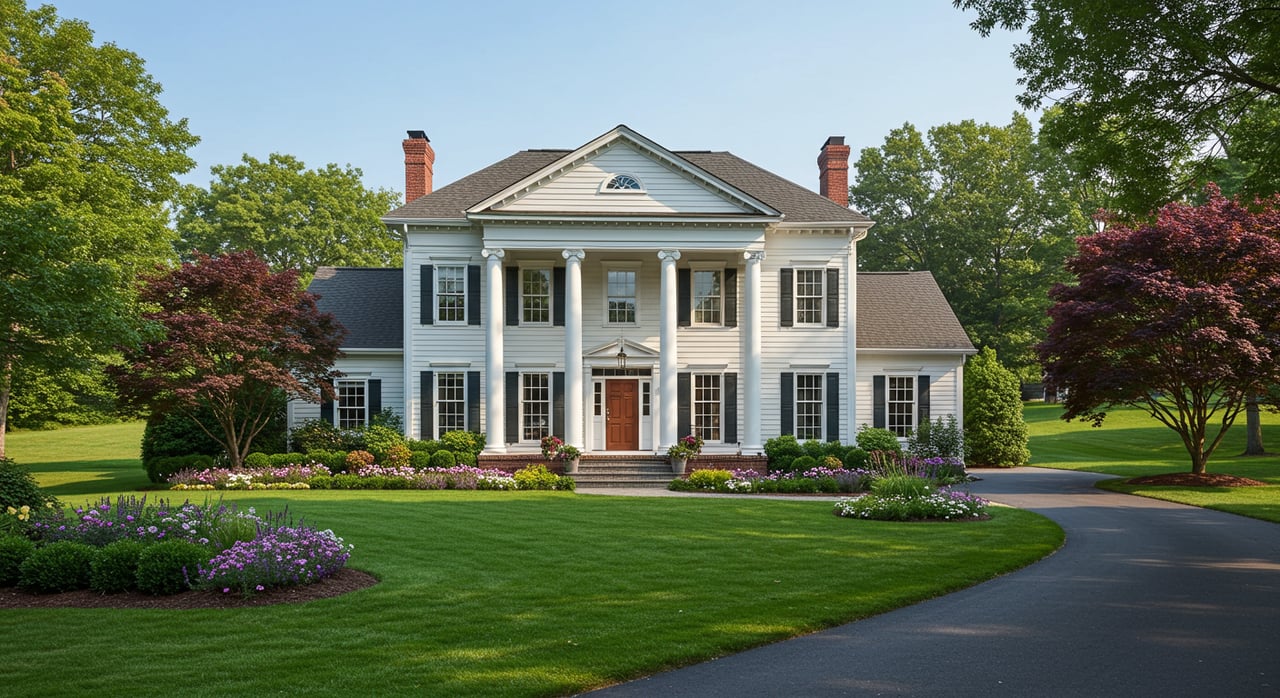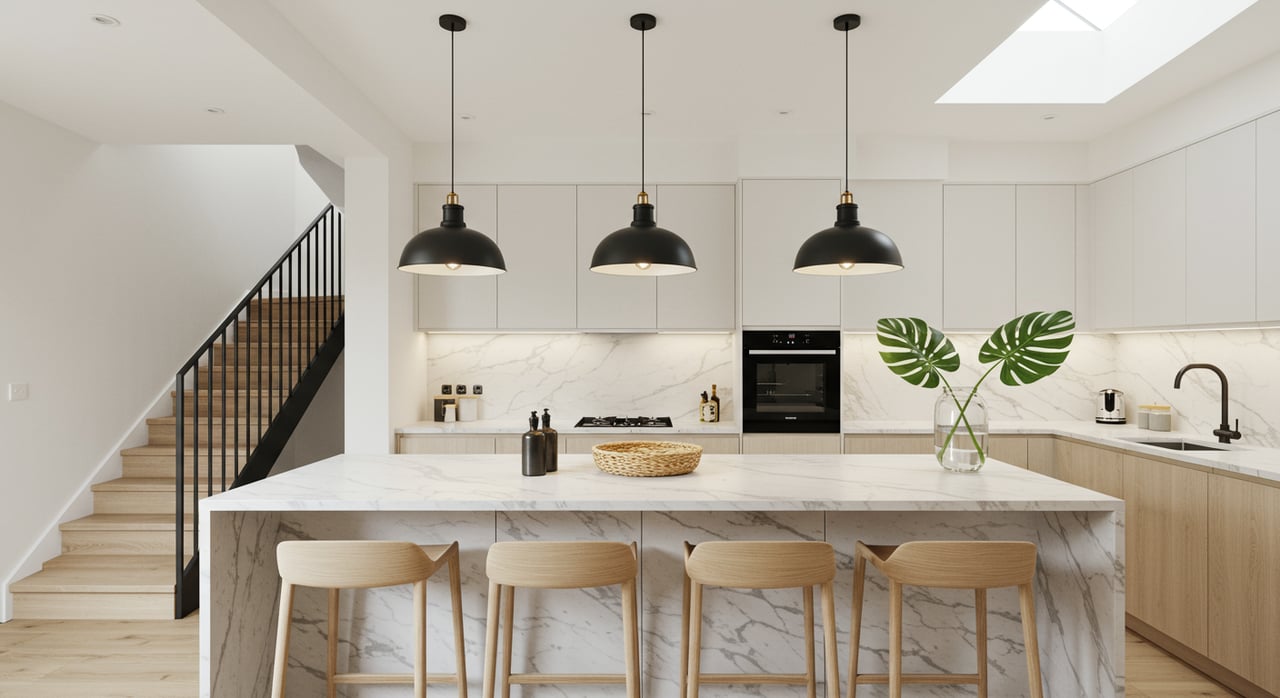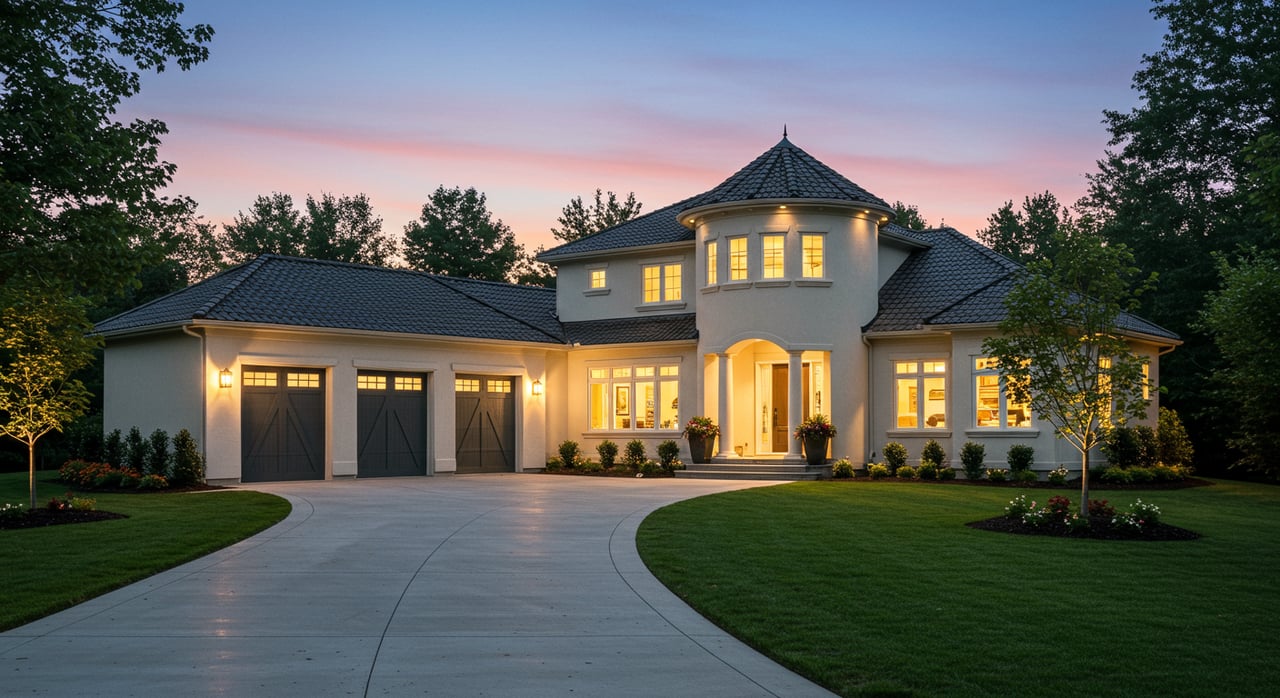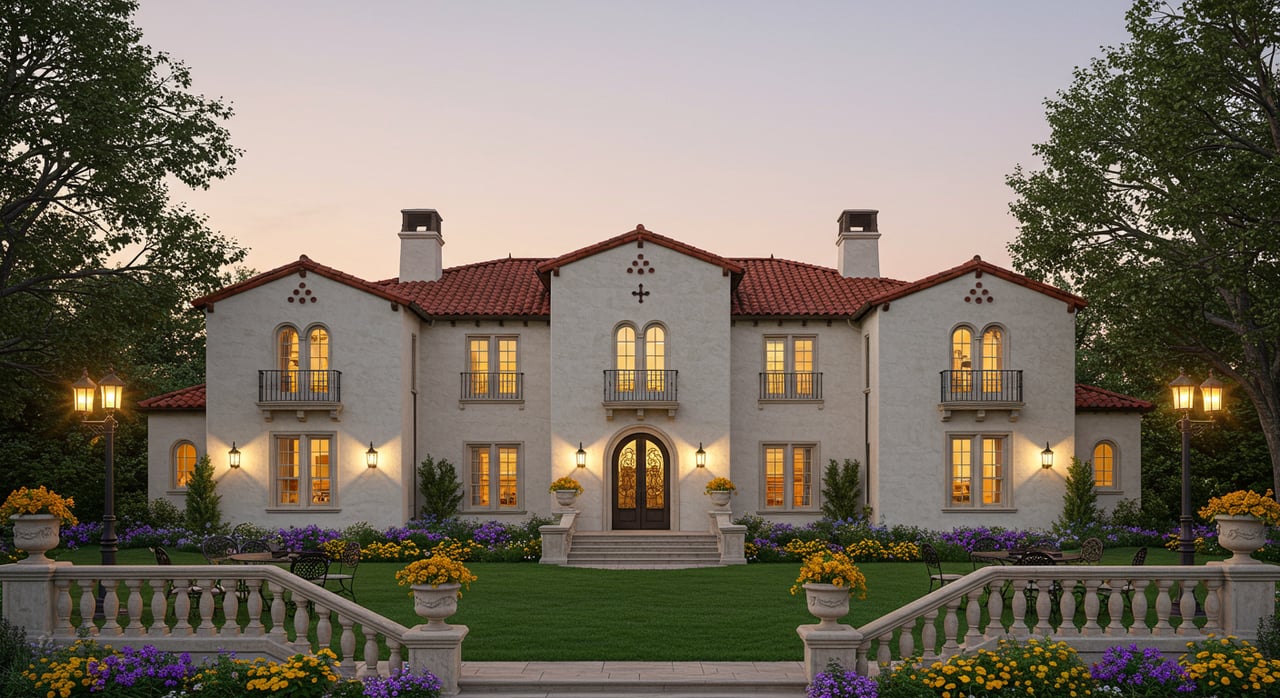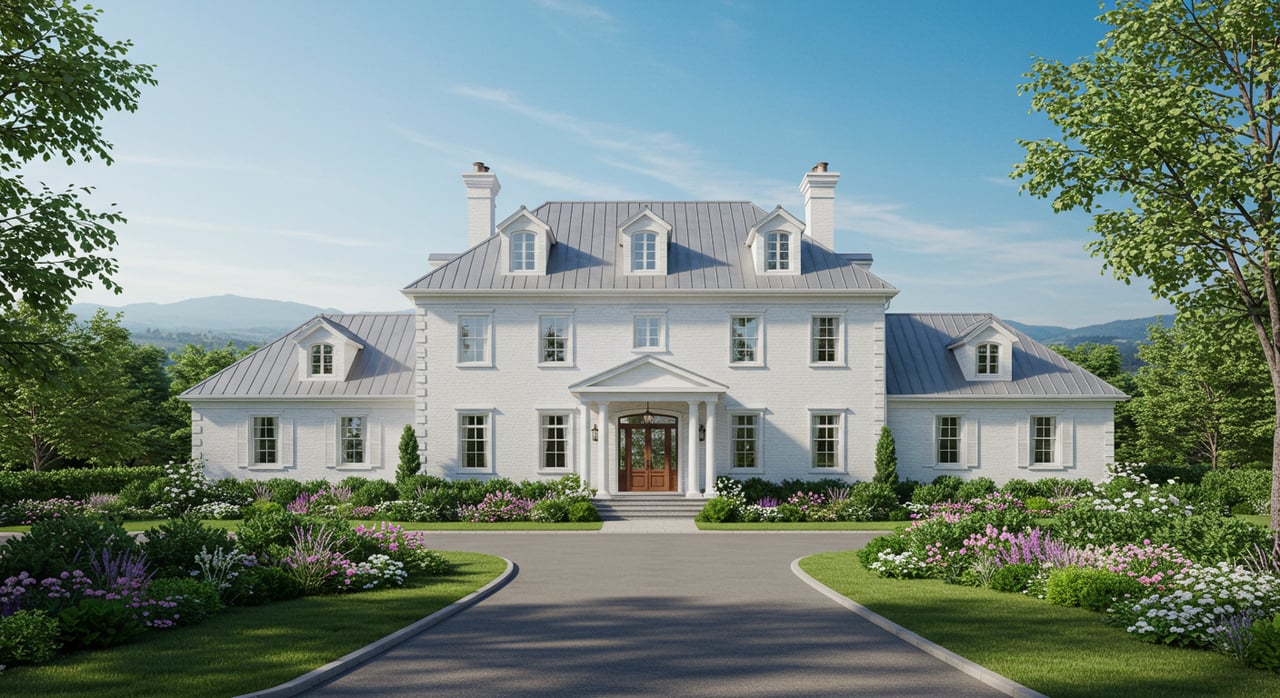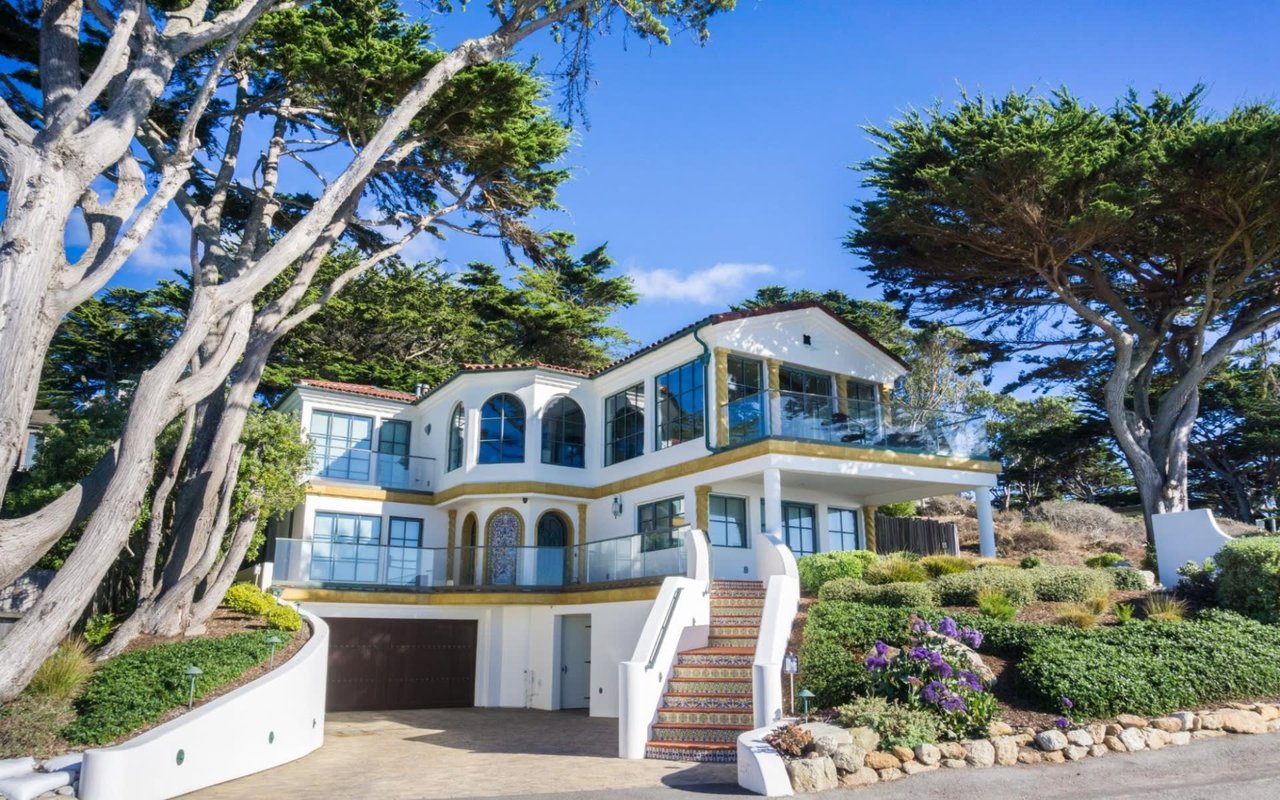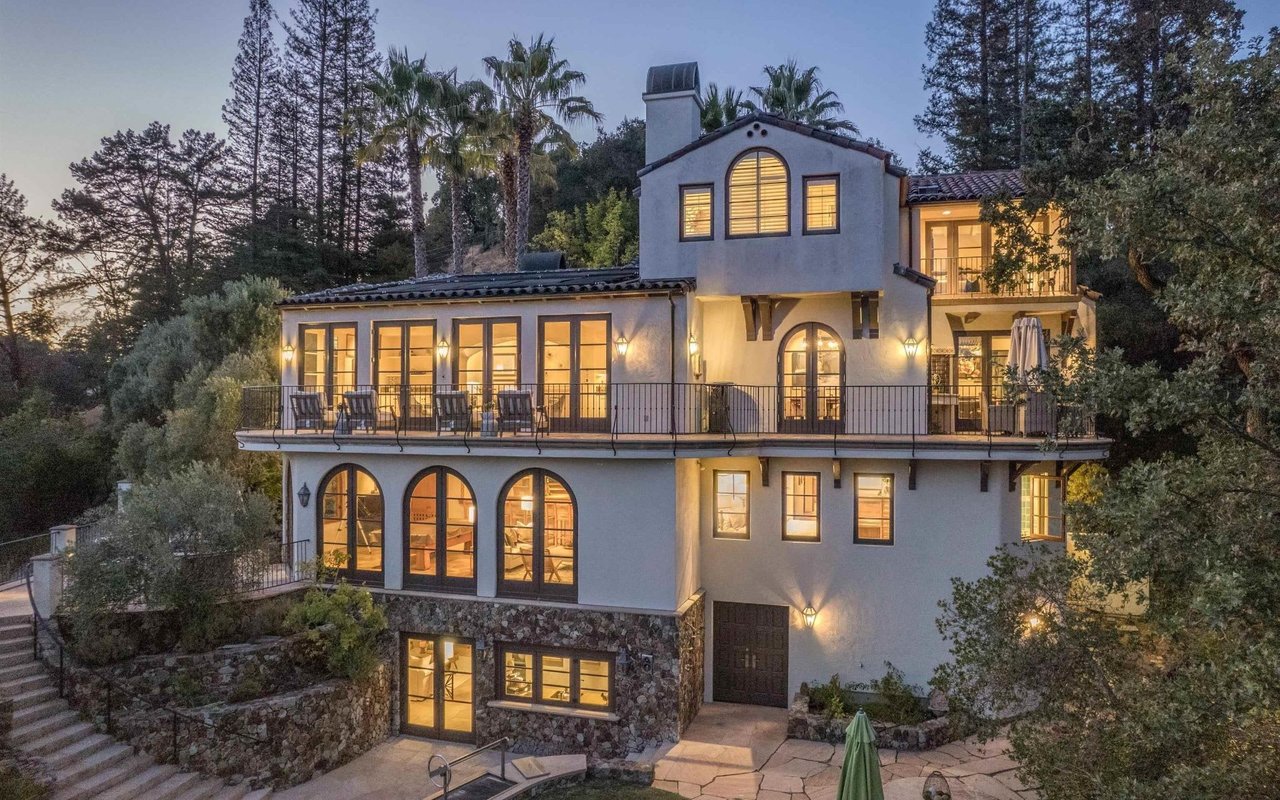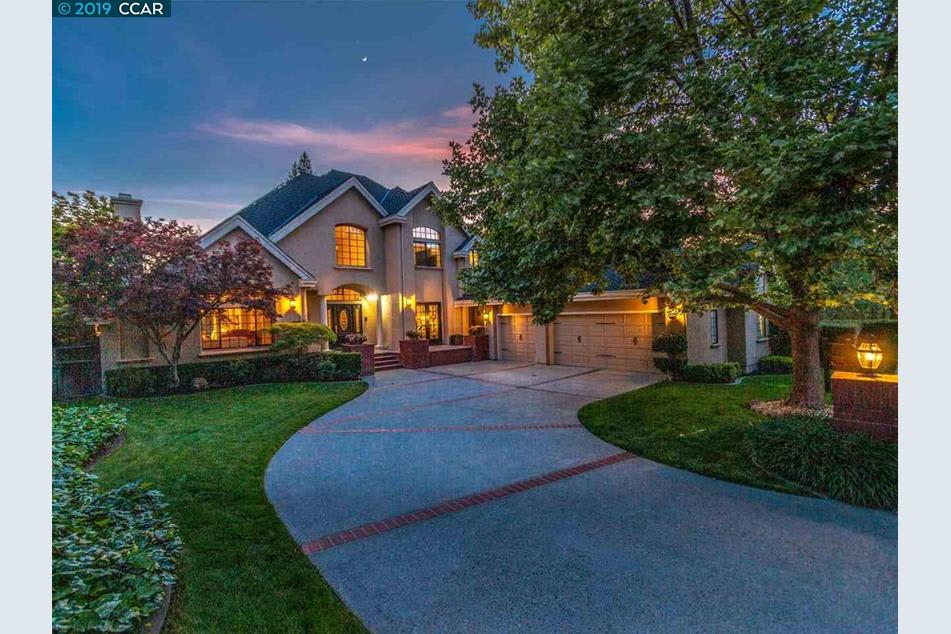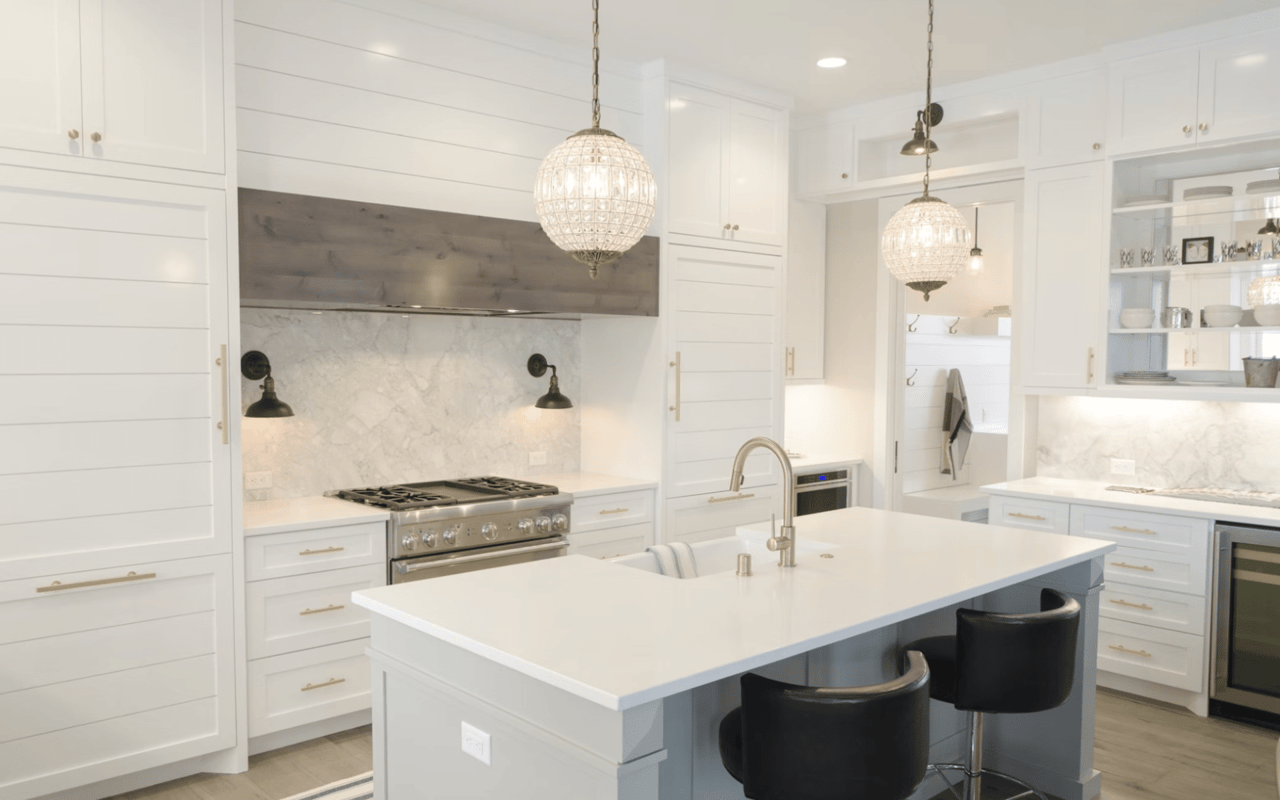Here's the thing about Danville and Alamo - everyone thinks they're basically the same because they're neighbors. They're not. Not even close.
I've been helping families navigate this exact choice for years, and I see the same confusion every time. People get caught up in school ratings and price per square foot, but they miss what really matters. These towns feel completely different when you're actually living there.
Today's buyers take their time, and honestly? That's smart. You're not getting caught up in bidding wars like 2020. You're actually researching - checking how long homes sit on the market, watching for price drops, asking the hard questions about what needs fixing. That deliberate approach works in your favor when you use it right.
Why would you spend $1.5 million on a house you're not emotionally connected to? Settling for "good enough" at that price point makes no sense.
Why These Towns Matter (And Why They're Different)
Both Danville and Alamo sit in what we call the East Bay's sweet spot. Great schools, safe neighborhoods, that small-town feel that's disappearing everywhere else. But that's where the similarities end.
I've watched families fall in love with the wrong town because they focused on the wrong things. They see identical school district ratings and think "same thing." Then they move in and realize they hate their daily life.
Danville feels like a real town. Alamo feels like a luxury resort. Both are great - but for totally different people.
The outdoor access in both areas is incredible. You've got hiking trails, community pools, parks that become your weekend living room. But how you experience all that depends on which community you choose.
Recent data shows both towns consistently rank in California's top communities for family satisfaction. The numbers don't lie - people are happy here. But happiness looks different in each place.
Let Me Break Down the Real Differences
Here's what you actually need to know:
|
What Matters |
Danville |
Alamo |
|
Population |
43,500 people |
14,750 people |
|
Vibe |
Small town with walkable downtown |
Exclusive, spread-out luxury |
|
Typical Lots |
6,000-12,000 sq ft |
10,000-25,000 sq ft |
|
Social Scene |
Public events, community gatherings |
Private clubs, intimate groups |
Downtown Life: Danville Wins Big
I love what Danville did with downtown Hartz Avenue. They created something that actually works - a location where people actually bump into one another, where children can walk to get frozen yogurt, where you feel you're a part of something.
You can walk to dinner on a Tuesday evening. Your children can ride bicycles to their friends' houses. There are concerts in the park, farmers markets where you recognize the same people every week. It's neighborhood life the way it once was.
What about Alamo? There's no traditional downtown. Community happens at the country club, on hiking trails, in people's backyards. If you need to shop or grab dinner, you're driving to Danville or Walnut Creek.
Space and Beauty: Alamo Takes This One
But here's where Alamo gets you - the natural setting is just stunning. You're surrounded by open space that makes you feel like you're living in your own private sanctuary.
Lots are bigger, homes are more spread out, and many properties back up to hills or preserved land. I've had clients who walk out their back door and see deer in their yard every morning. Try doing that in most Bay Area suburbs.
Danville's trade-off: You get community convenience, but less privacy and natural space. The neighborhoods are denser, lots are smaller, though you still get that suburban feel with mature trees and good outdoor space.
Urban planner Sarah Chen studied these areas and told me: "Danville nailed the balance between accessibility and community connection. Alamo offers luxury and nature immersion. Neither approach is better - they serve completely different lifestyle priorities."
Schools: Both Win (But There's a Catch)
San Ramon Valley Unified serves both towns, and it's legitimately one of California's best districts. So if you're moving here for schools, you win either way.
But here's what most people don't think about - the school culture feels different in each town. Same district, same standards, but the community around each school reflects the town's personality.
I help families think through which school communities will fit their kids and their family style, not just test scores.
What Your Money Actually Gets You
The housing markets are strong in both places, but they work differently:
Current Reality (July 2025):
-
Danville median: $1.45M
-
Alamo median: $1.85M
That $400K difference matters, but it's not just about price. It's about what kind of life that money buys you.
2024 market data shows both towns held value better than most Bay Area suburbs - about 8-12% better during market corrections.
Housing Variety: Different Strategies
Danville: You've got options. Townhomes for first-time buyers starting around $850K, family homes in established neighborhoods, luxury properties on the hills. More variety means more families can find something that works.
Alamo: It's luxury-focused. Bigger lots, custom homes, premium everything. You're looking at $1.2M minimum for single-family, but you're getting that resort lifestyle.
How These Towns Actually Feel to Live In
Let me paint you a picture of weekend life:
|
Your Saturday |
Danville Style |
Alamo Style |
|
Morning |
Farmers market downtown, run into school friends |
Family hike on private trails, spot wildlife |
|
Afternoon |
Kids' activities at community center |
Pool time in your private backyard |
|
Evening |
Community concert in the park |
Dinner at the country club with neighbors |
For Families with Kids
Danville families: Kids walk places. They ride bikes to friends' houses. They participate in community programs and bump into classmates at downtown events. It's that classic suburban childhood.
Alamo families: Kids need rides most places, but they're hiking every weekend, swimming in private pools, learning outdoor skills. They're growing up in nature.
The Teen Years
Danville teens can walk downtown for coffee, hang out at community spots, have some independence before they can drive.
Alamo teens need to be driven everywhere, but they're mountain biking, hiking, often involved in country club activities. Different kind of independence.
Commute Reality Check
Look, neither town is great for daily San Francisco or Silicon Valley commutes. Let's be honest about this:
|
Where You're Going |
From Danville |
From Alamo |
Winner |
|
San Francisco |
50-65 min |
45-60 min |
Alamo (slightly) |
|
Silicon Valley |
70-90 min |
70-90 min |
Tie (both tough) |
|
Oakland |
30-40 min |
25-35 min |
Alamo |
|
BART |
15 min to Dublin |
12 min to Pleasant Hill |
Alamo |
What Real People Tell Me
"I take BART from Dublin/Pleasanton," says one Danville client. "The drive there isn't bad, and I can usually find parking. About an hour door-to-door to downtown SF."
An Alamo client told me: "Pleasant Hill BART fills up fast. I usually just drive the whole way rather than deal with the parking hassle."
Both towns work best if you're remote several days a week or have flexible schedules. Many of my recent buyers chose these areas specifically because they're not commuting daily anymore.
Let's Talk Money (The Real Numbers)
|
Price Range |
Danville |
Alamo |
|
Entry Level |
$850K townhomes |
$1.2M single-family |
|
Sweet Spot |
$1.1M - $2.5M |
$1.6M - $3M |
|
Luxury |
$2.5M - $5M+ |
$3M - $8M+ |
|
Price per sq ft |
$750 - $950 |
$850 - $1,200 |
What $1.5M Gets You
In Danville: 3-4 bedroom home, around 2,200 sq ft, established neighborhood, probably a pool, mature landscaping, walking distance to town.
In Alamo: 3 bedroom home, maybe 2,000 sq ft, but on a much bigger lot with more privacy, likely hillside views, resort-style setting.
Carrying costs: Property taxes run 1.25-1.35% in both areas. HOAs vary widely - $50-400/month in Danville, $100-600/month in Alamo (but often includes country club access).
School District Reality
San Ramon Valley Unified serves both communities with these stats:
-
API Score: 921 (top 5% statewide)
-
College readiness: 89% of graduates
-
Student-teacher ratio: 22:1
-
AP participation: 67%
Top schools in each area: Danville: San Ramon Valley High, John Baldwin Elementary, Stone Valley Middle Alamo: Alamo Elementary, Stone Valley Middle, San Ramon Valley High
The educational access translates directly to property values. Homes in top districts hold value 15-20% better during downturns.
Questions I Get All the Time
"What's the real cost difference?"
Alamo runs 20-25% higher than Danville for comparable homes. But Danville has more entry-level options while Alamo focuses on luxury buyers.
"Which has better resale value?"
Both are strong. Danville appeals to a broader buyer pool. Alamo attracts luxury buyers who value exclusivity and natural settings.
"How are the commutes really different?"
Honestly? Nearly identical. Alamo's maybe 5-10 minutes closer to Highway 24, but it's not a game-changer.
"Can first-time buyers afford either place?"
Danville has better entry opportunities with townhomes and smaller homes. Alamo has fewer starter options, but they exist. And remember - PMI helps you get in sooner rather than saving for years.
"Which is better for young families?"
Both are excellent. Danville offers more structured activities and walkable independence. Alamo provides natural play environments and outdoor recreation.
My Decision Framework for Families
Choose Danville if you:
-
Want that classic small-town community feel.
-
Like the idea of walking to dinner and farmers markets.
-
Need more housing variety in your price range.
-
Want your kids to have walkable independence.
-
Prefer established neighborhoods with community events.
Choose Alamo if you:
-
Prioritize outdoor recreation and natural beauty.
-
Want larger lots and more privacy.
-
Don't mind driving for shopping and dining.
-
Value that exclusive, resort-like atmosphere.
-
Have the budget for luxury finishes and premium lots.
Both give you excellent schools and East Bay lifestyle benefits. The key is being honest about what you actually want in daily life, not what sounds good on paper.
Here's What You Should Do Next
Don't overthink this. Visit both towns on different days and times. See where you feel more comfortable. Trust your gut about which community fits your family's rhythm.
Go to local events. Visit the schools if you have kids. Spend time in the areas where you'd shop and eat regularly. Both towns have personalities that become obvious when you experience the daily rhythm.
The market in both areas keeps evolving with new opportunities for prepared buyers who work with people who really know these communities. Understanding current conditions, pricing strategies, and neighborhood quirks makes the difference between finding a good house and finding your perfect long-term home.
Ready to figure out which town is right for your family? I've helped dozens of families navigate this exact decision. I know these communities inside and out, and I'll give you the straight talk about which properties make sense and which ones don't.
No scripts, no generic advice. Just honest guidance from someone who lives and breathes East Bay real estate.
Let's find your family's perfect home. Contact Kelly Crawford today and let's start exploring what makes sense for your situation.
More East Bay insights:


